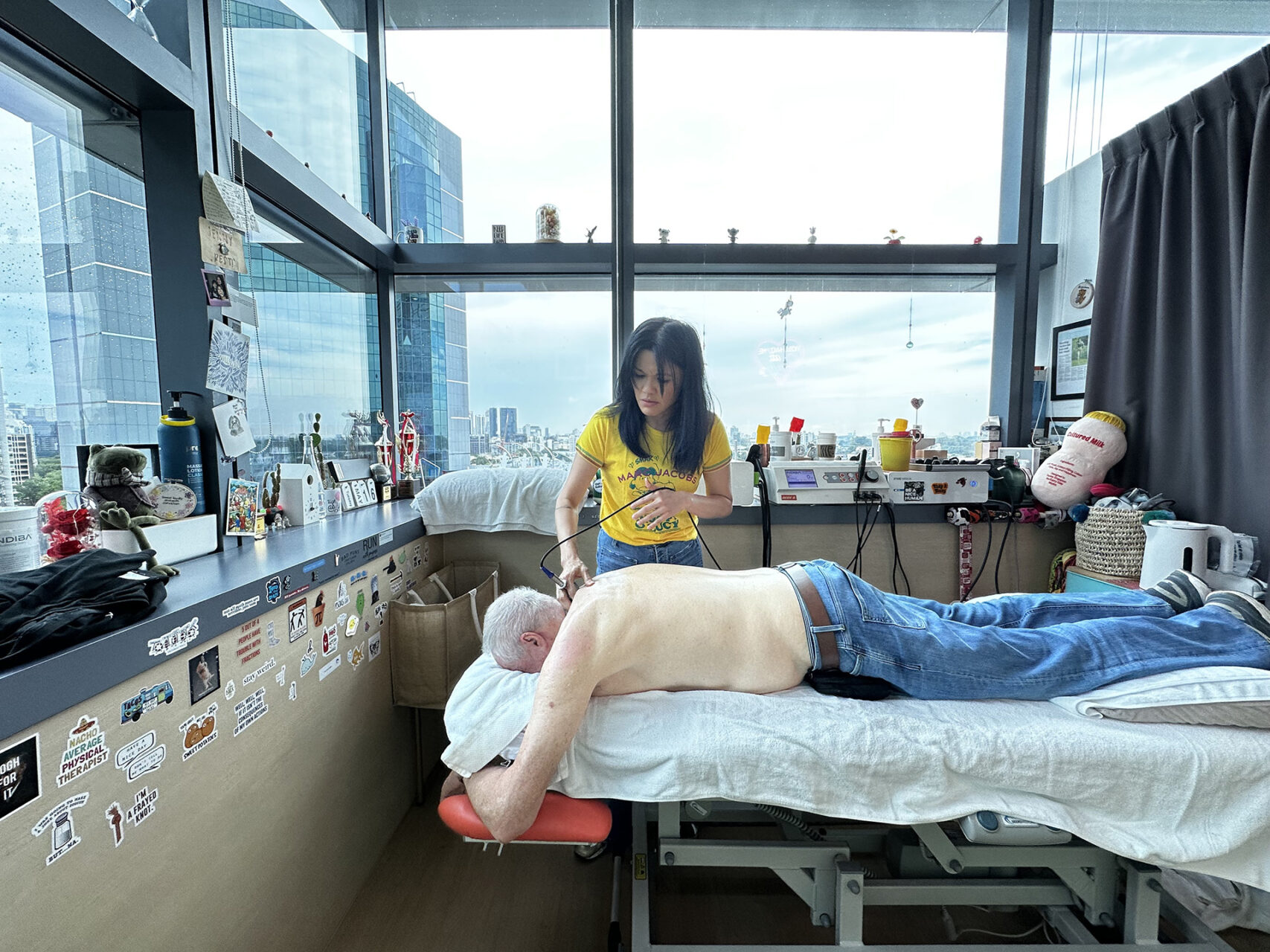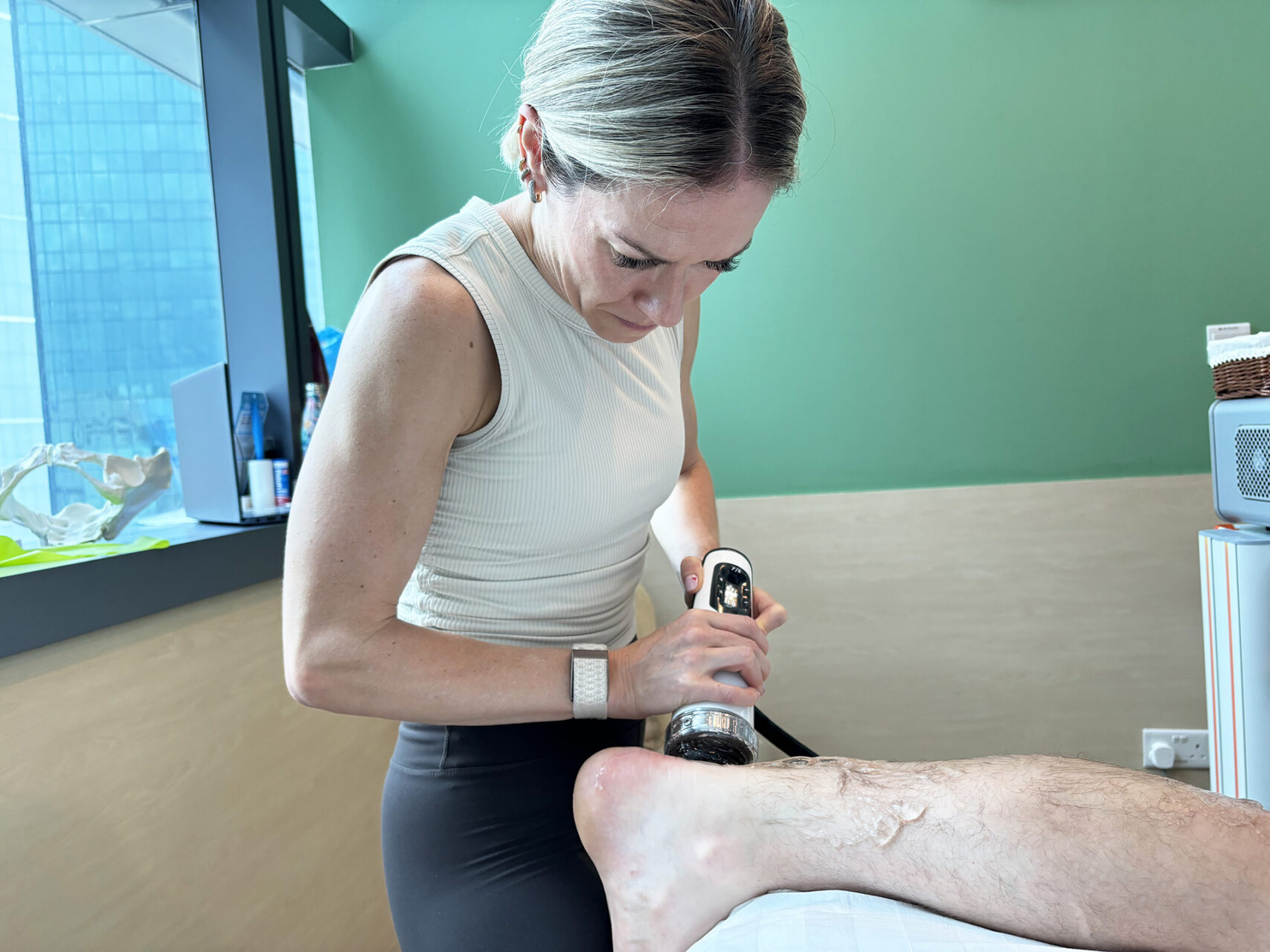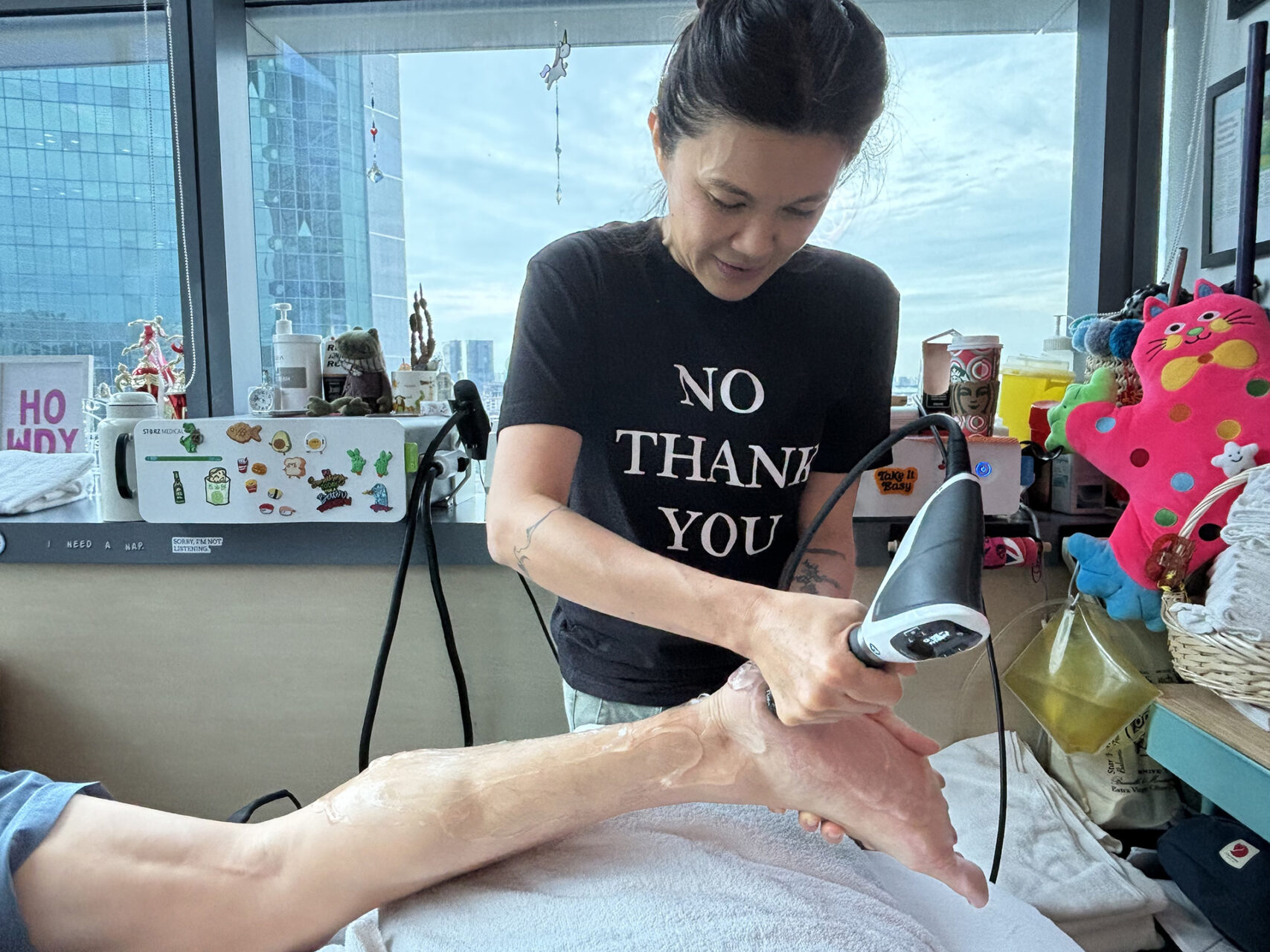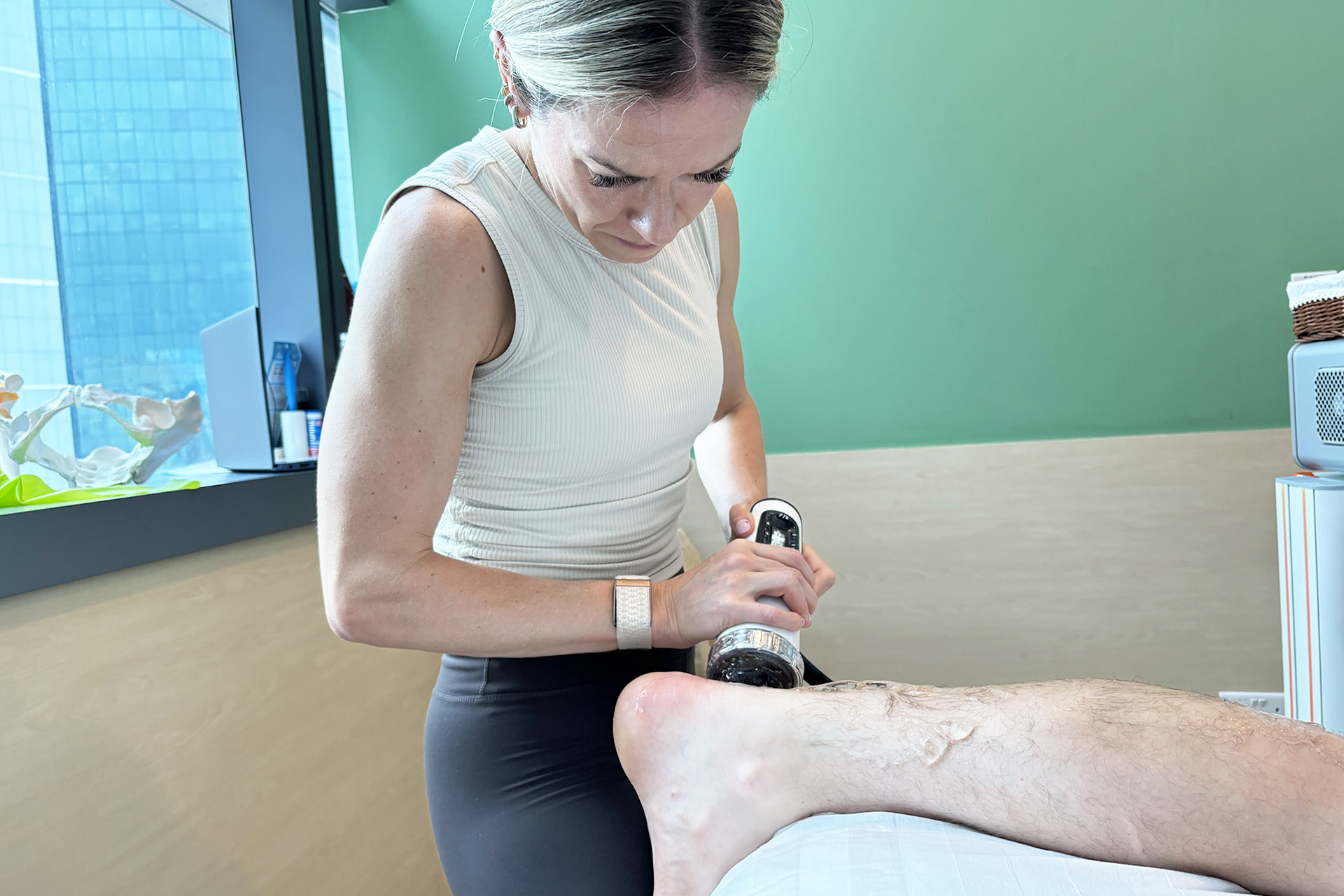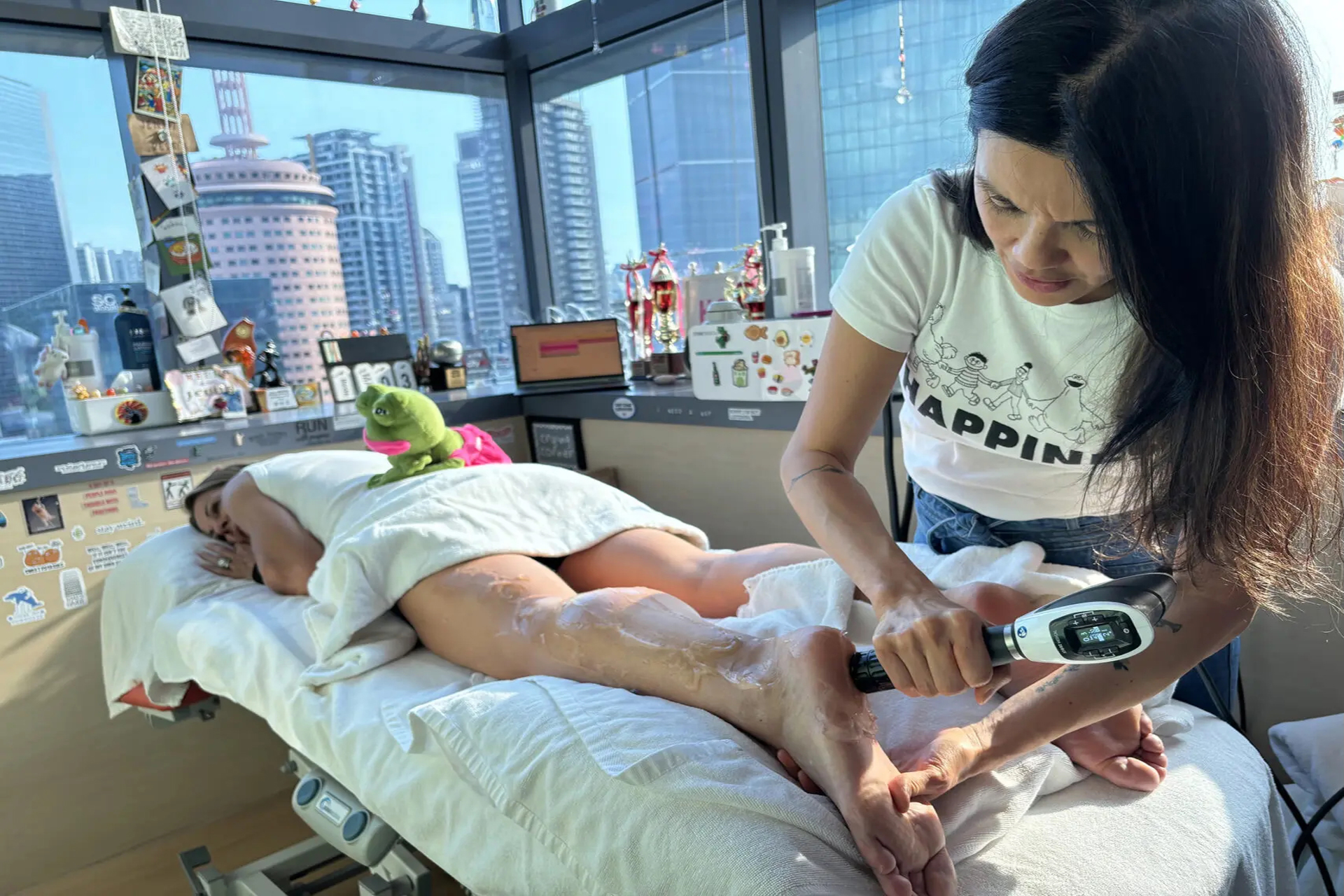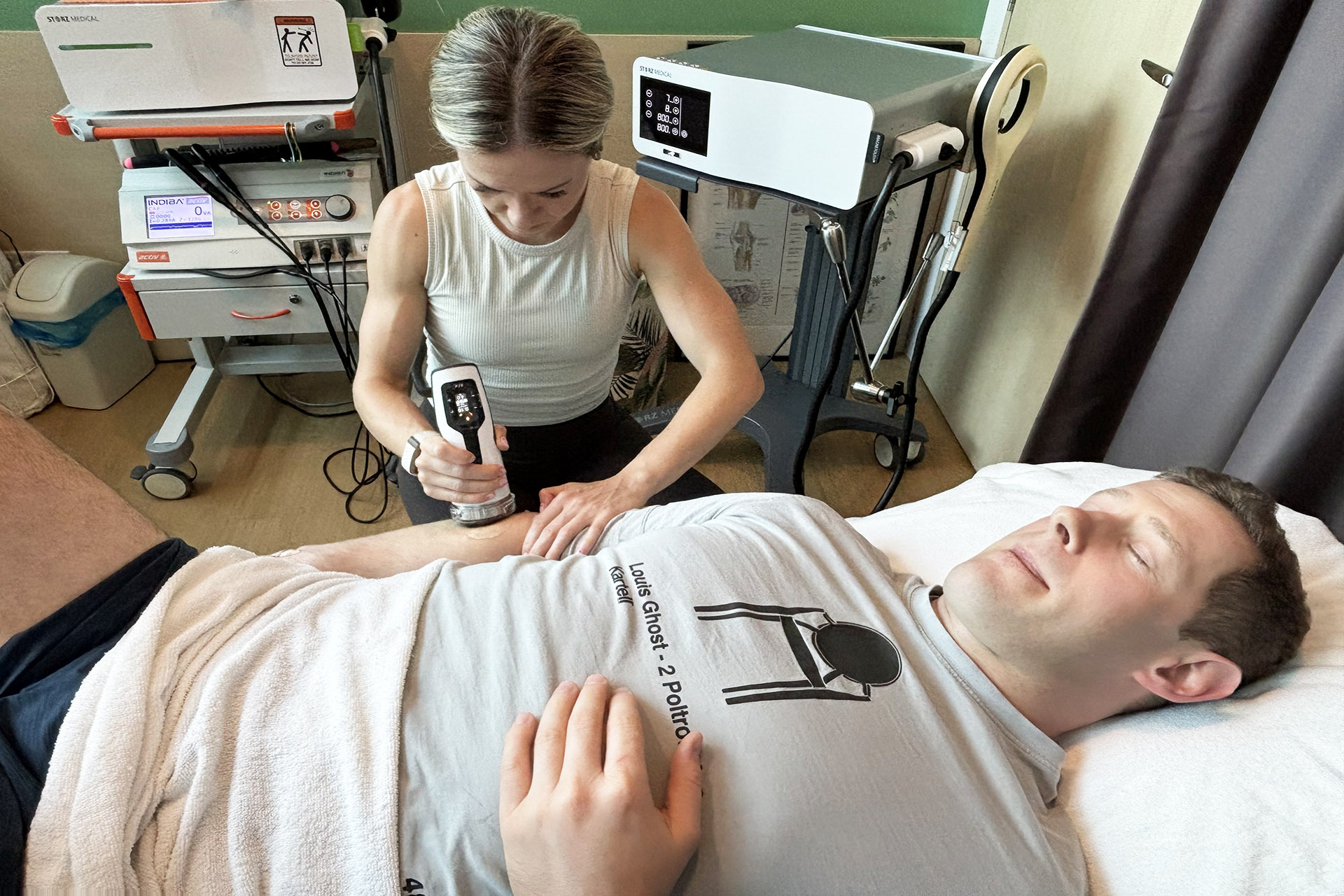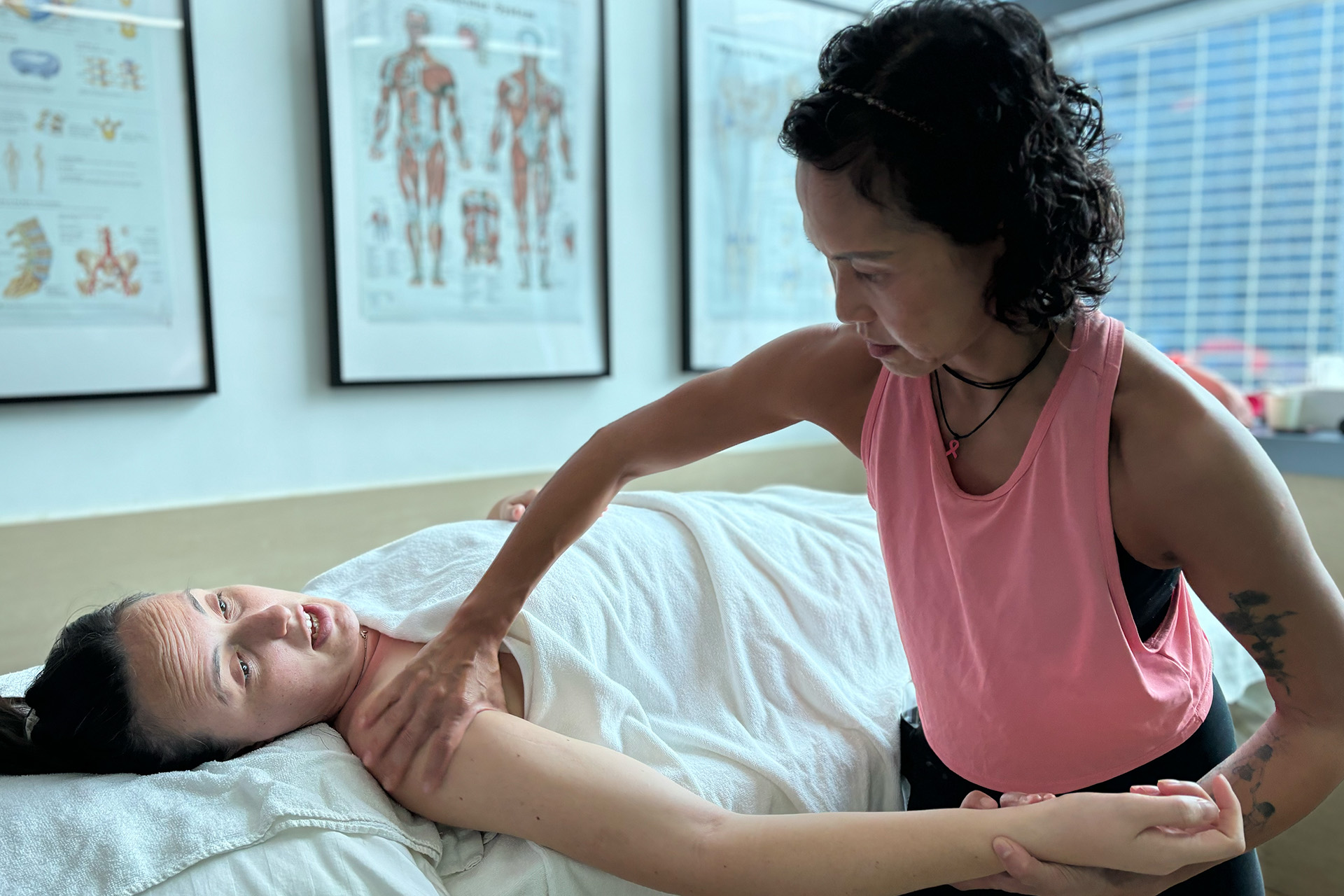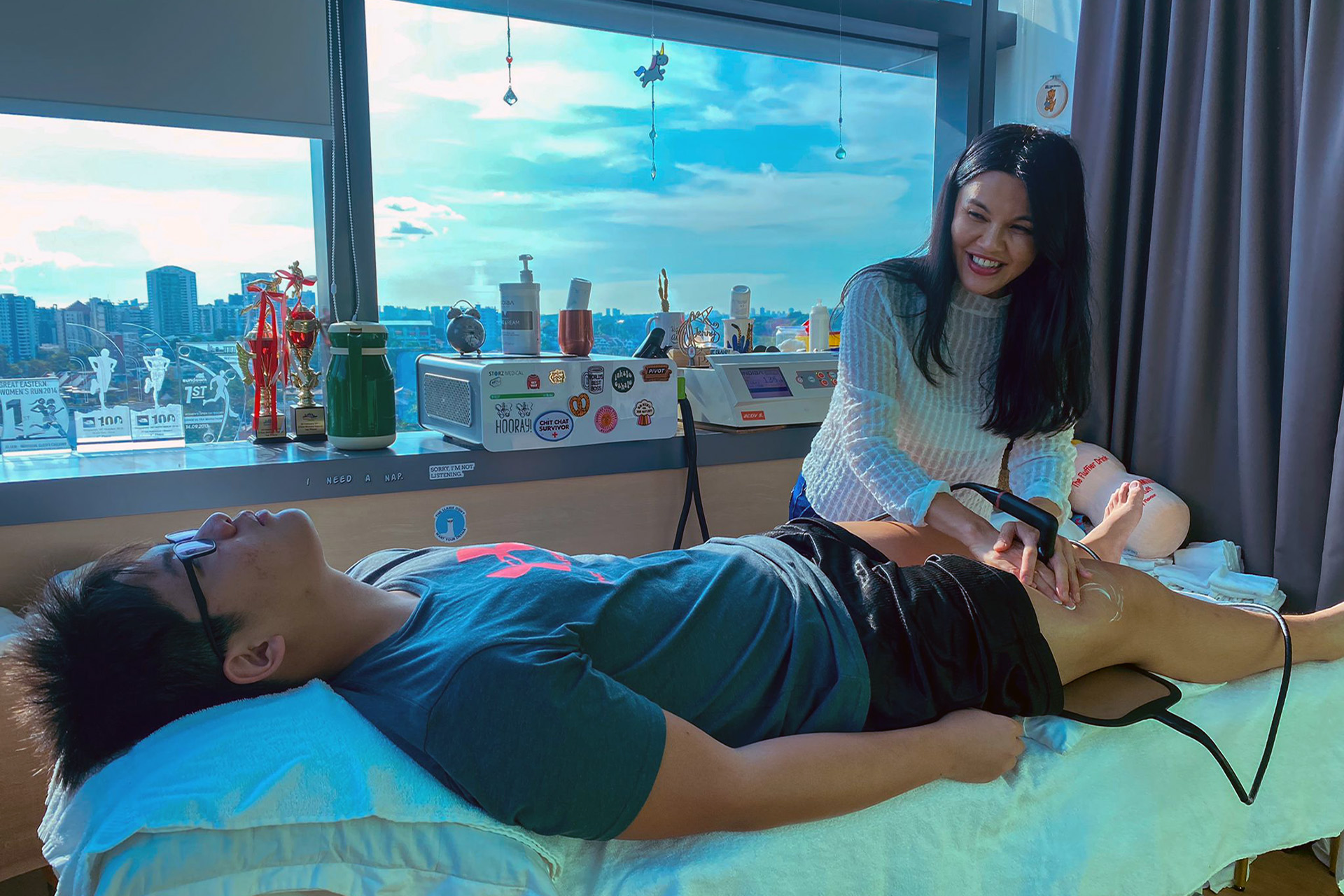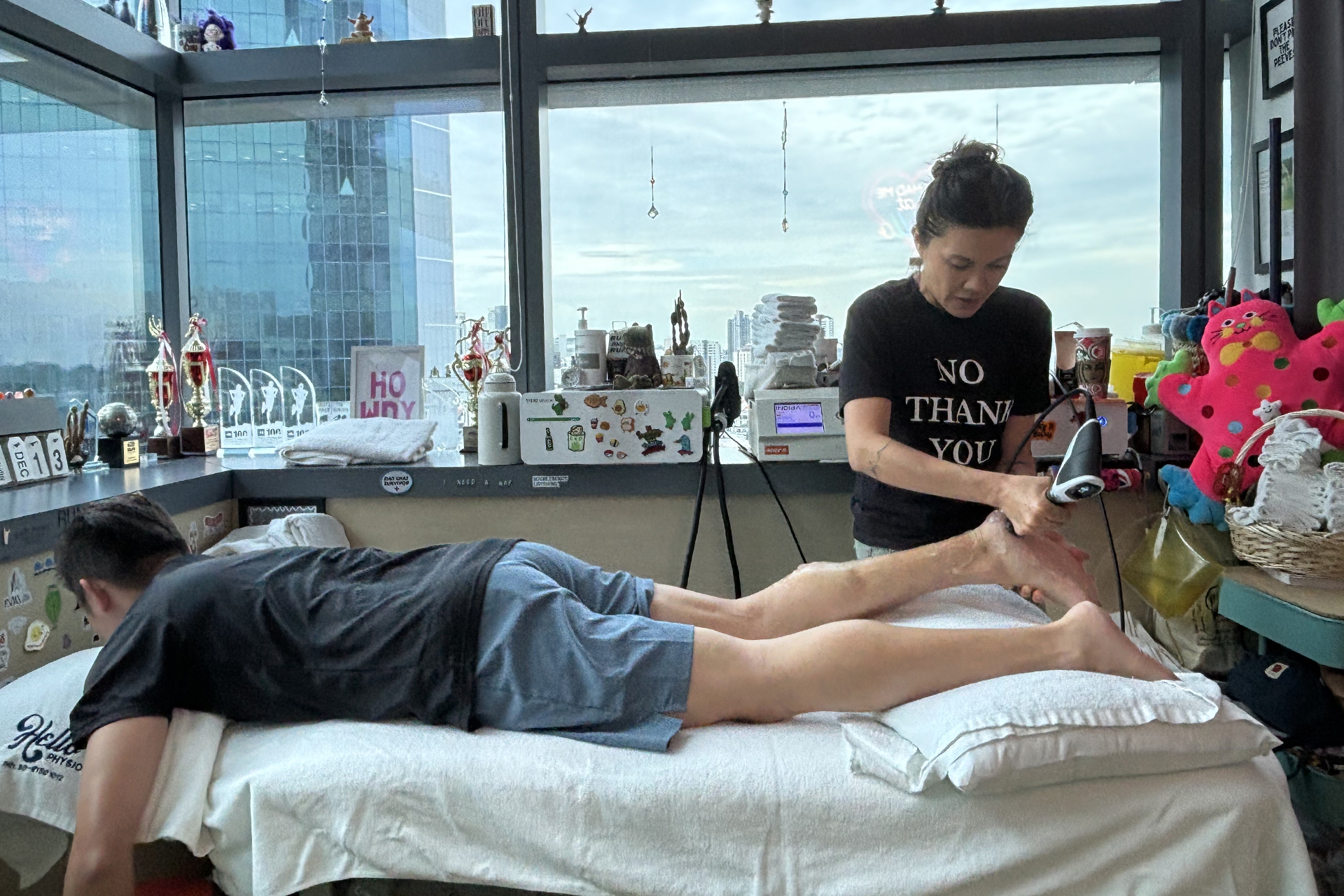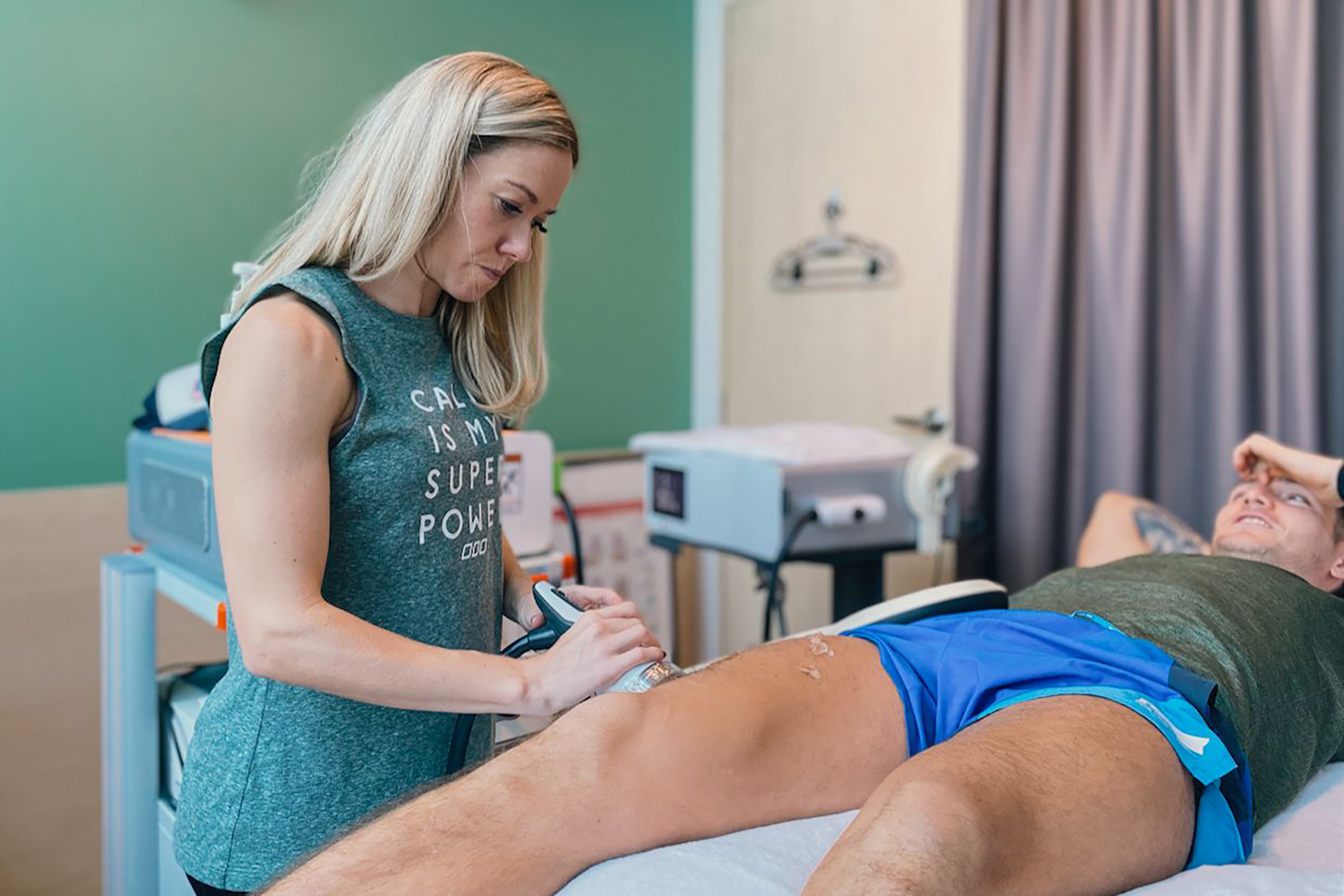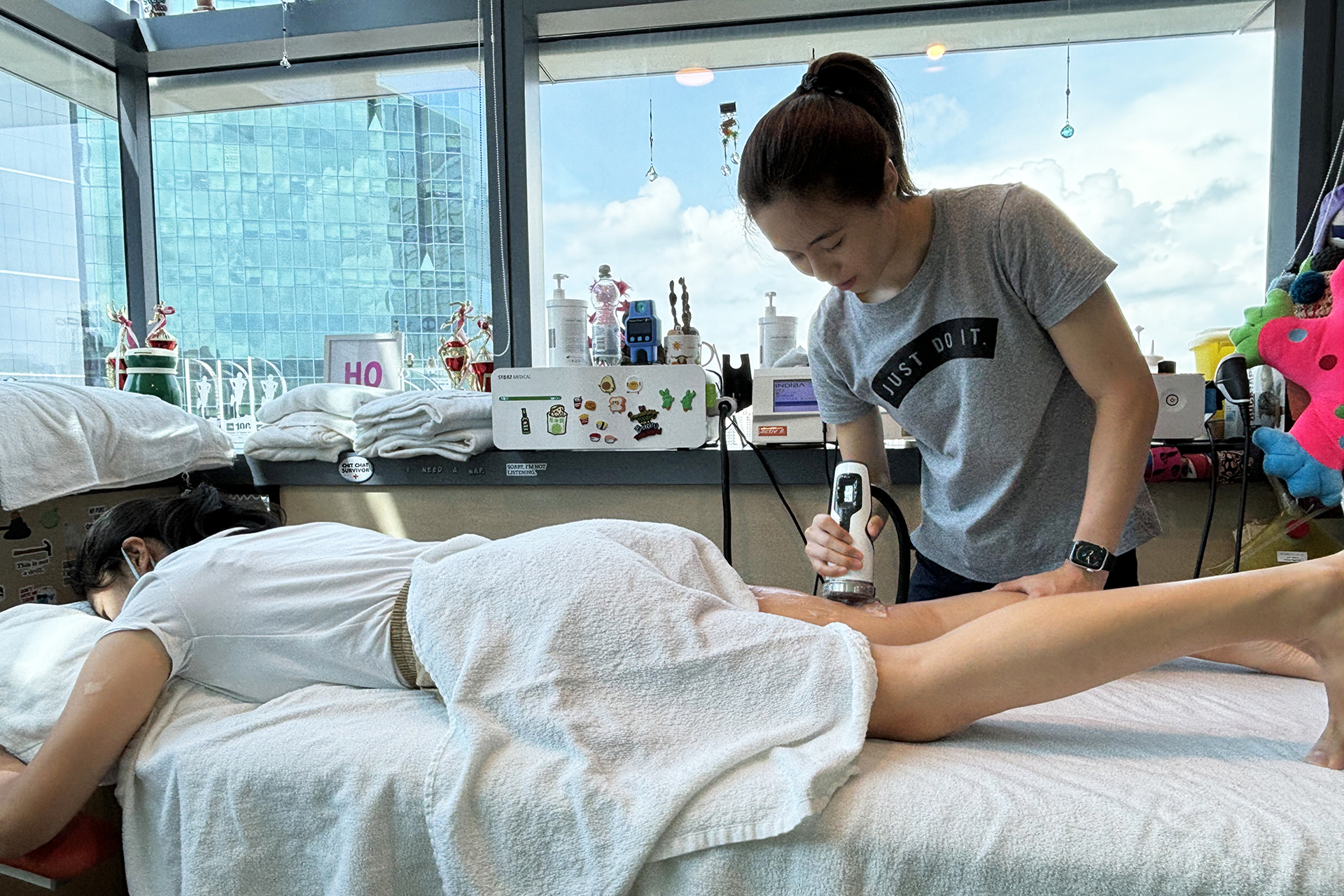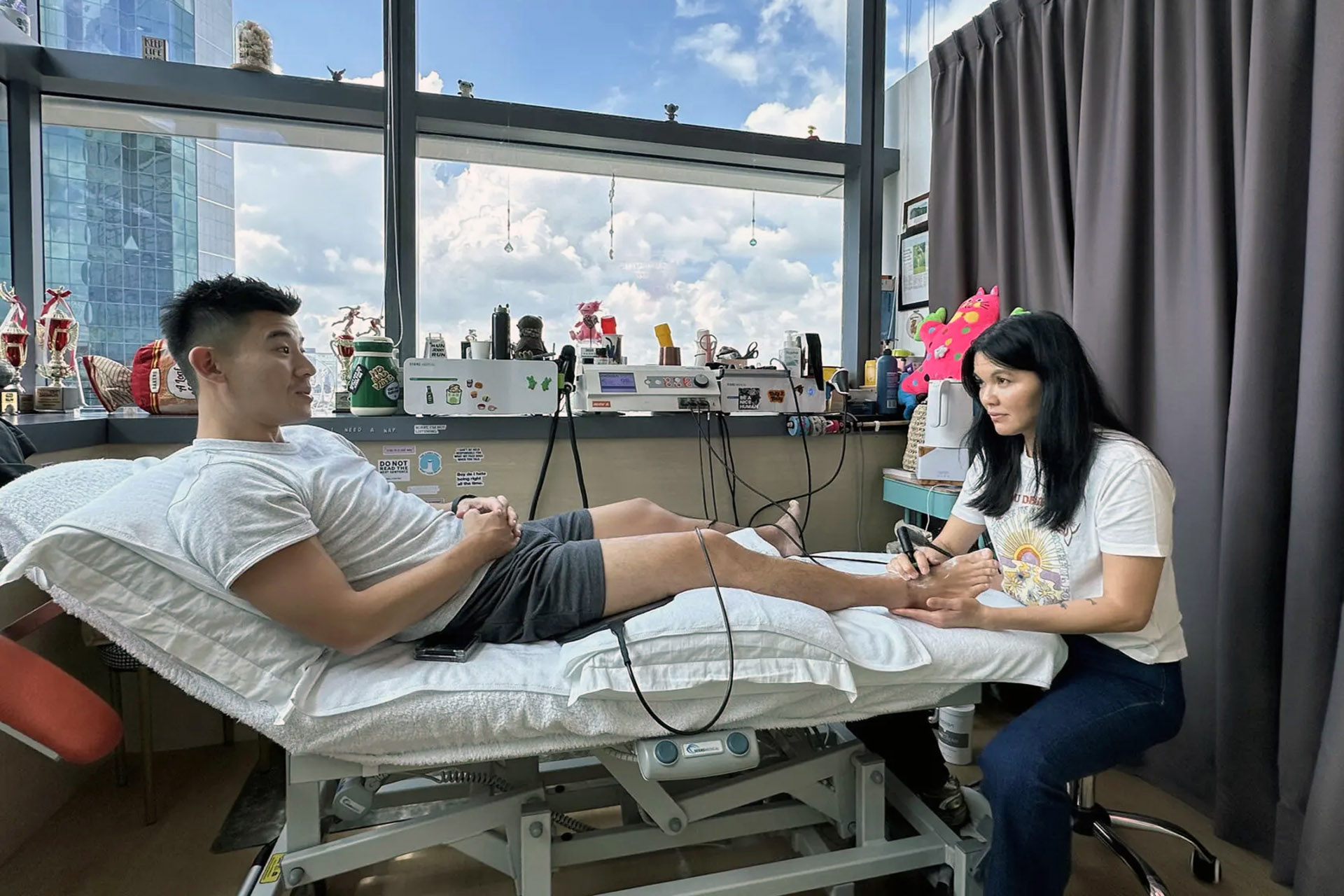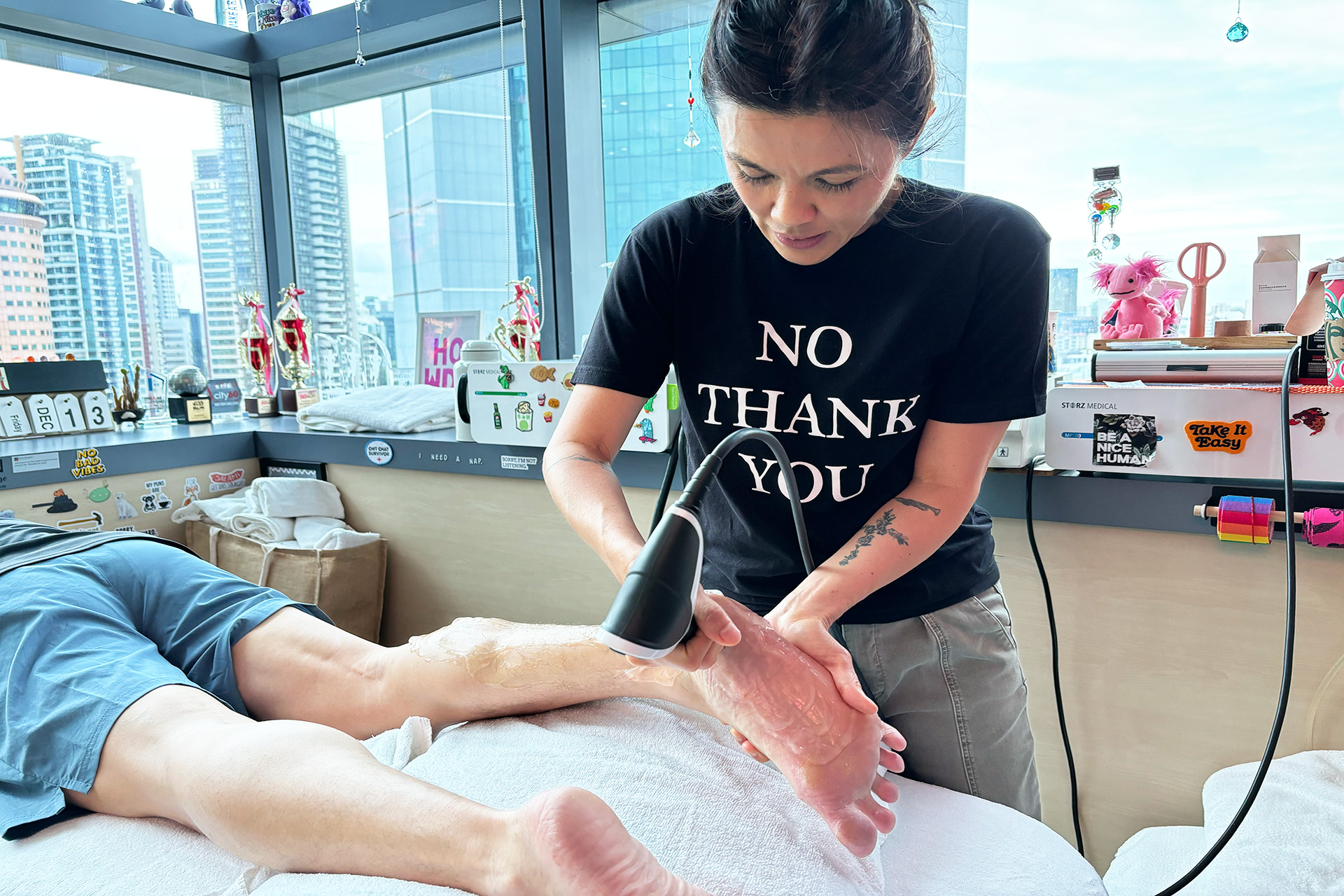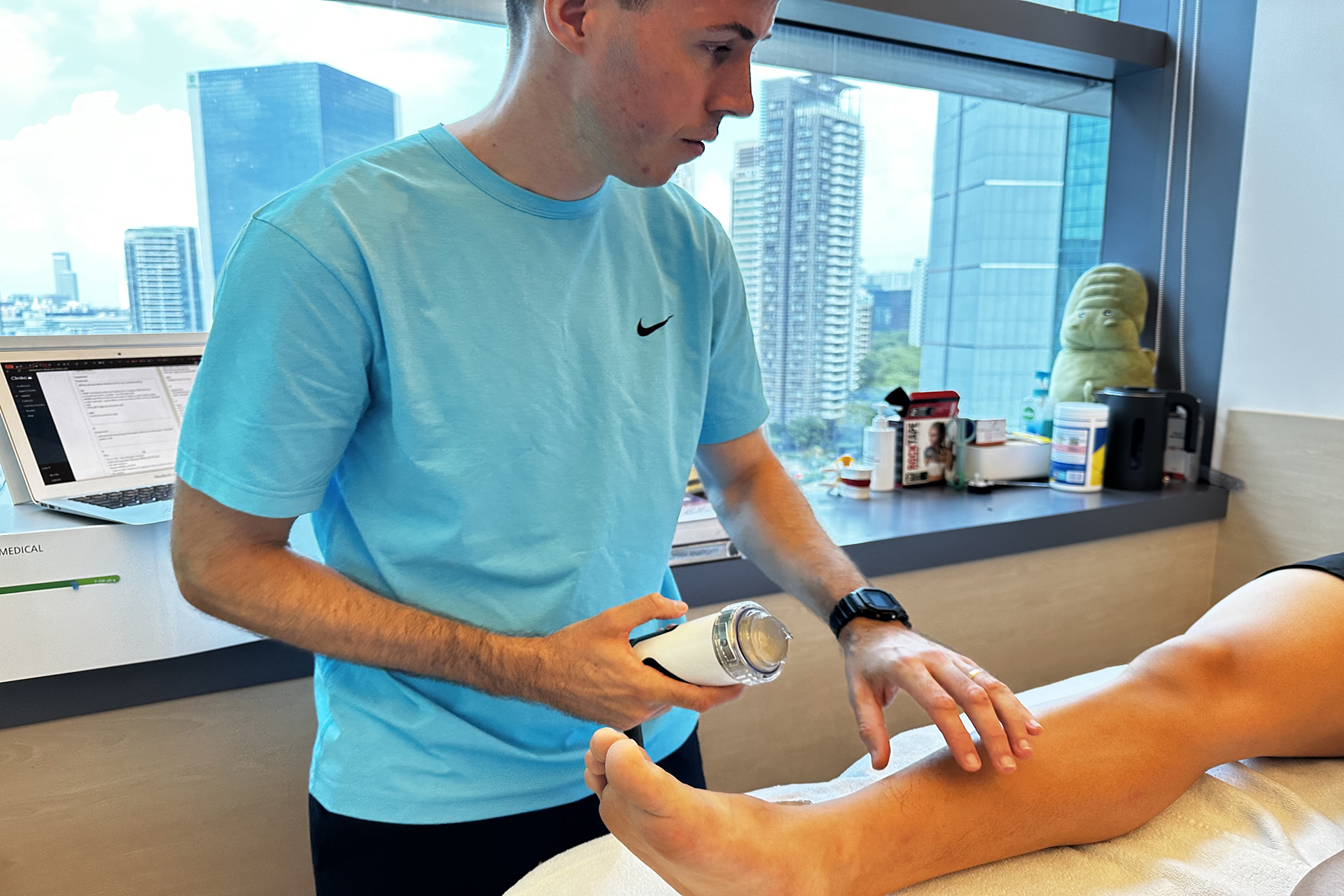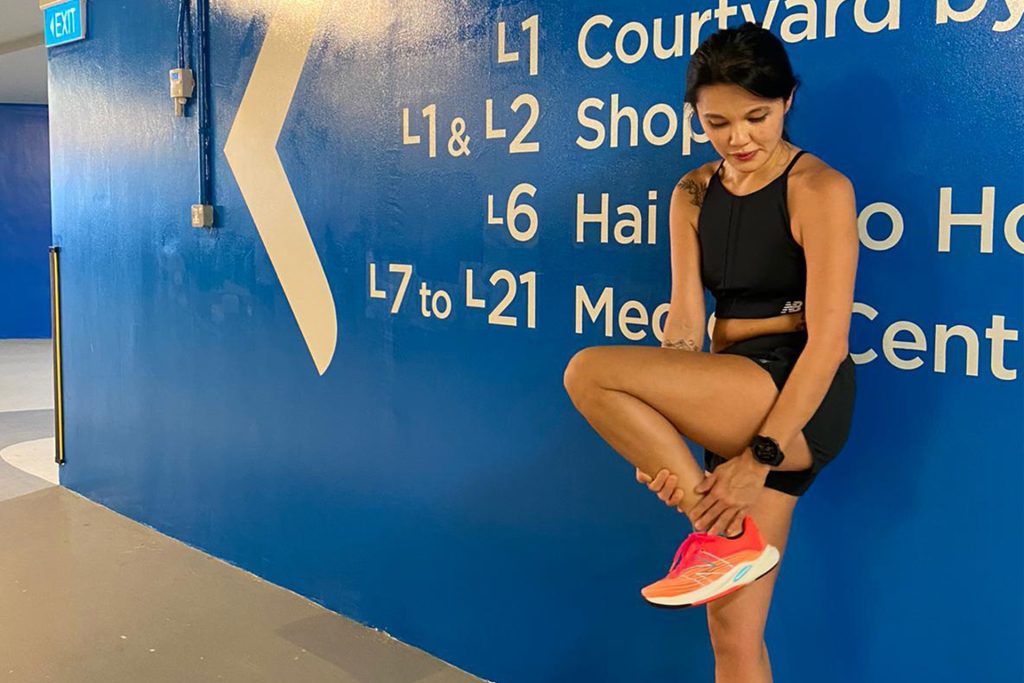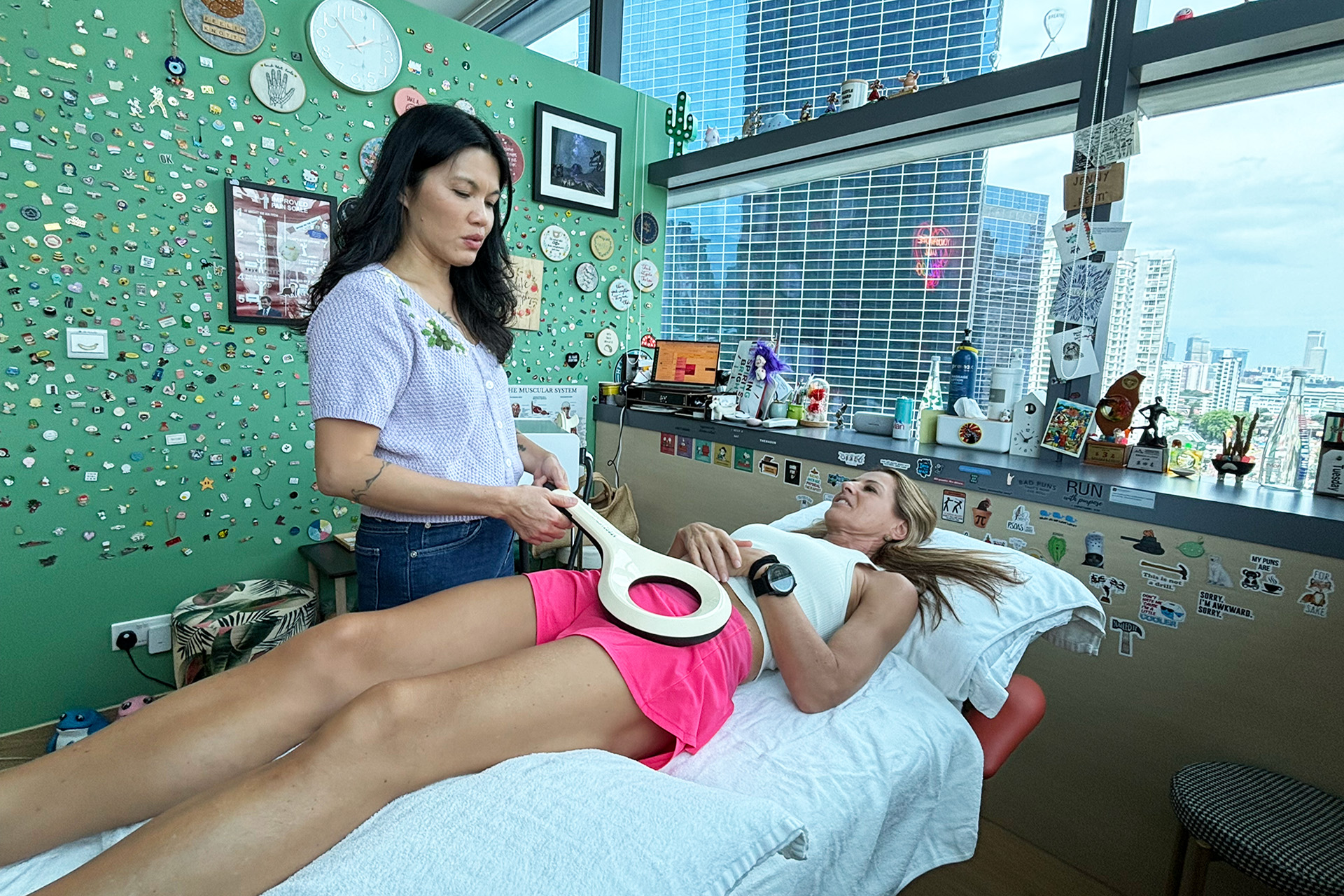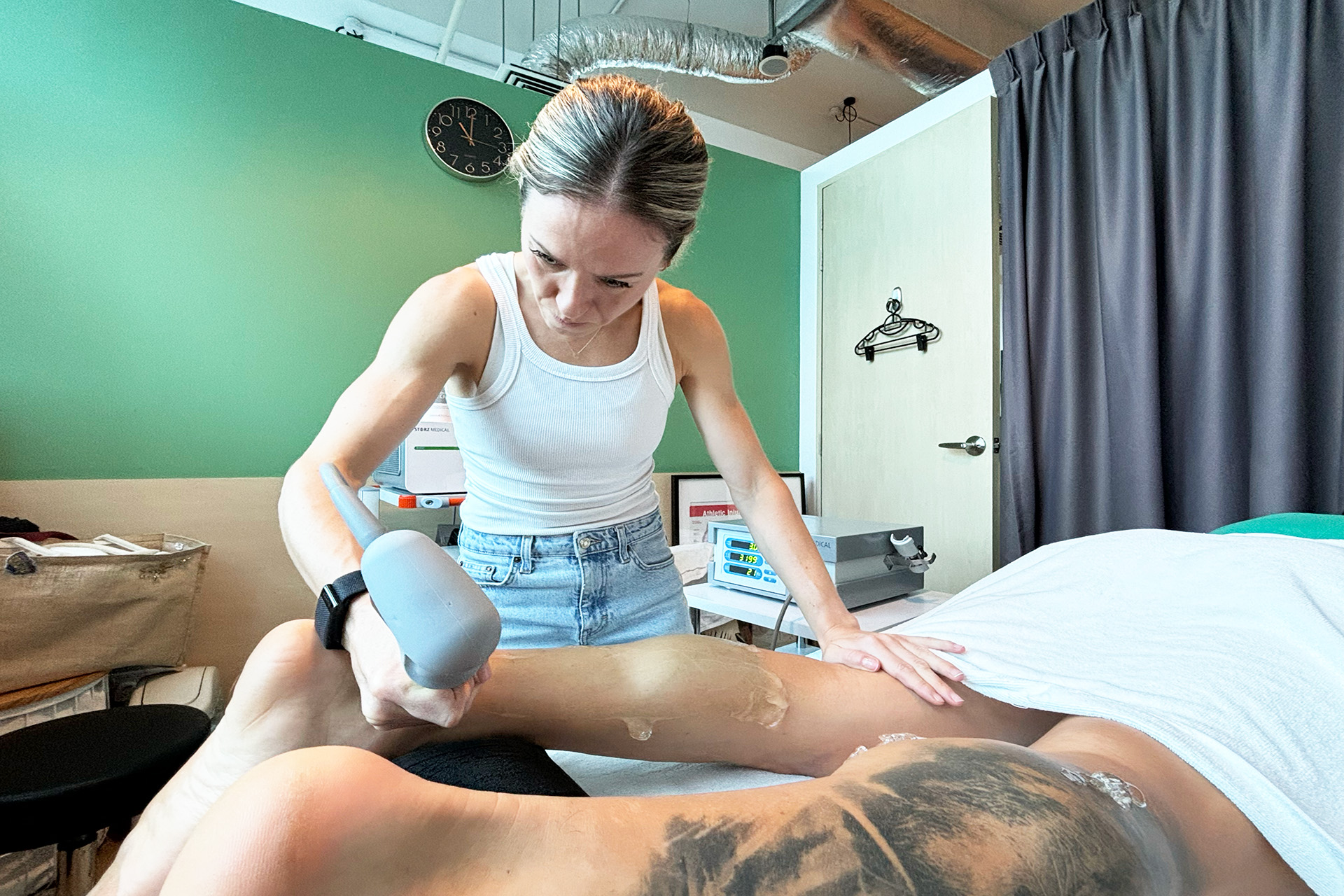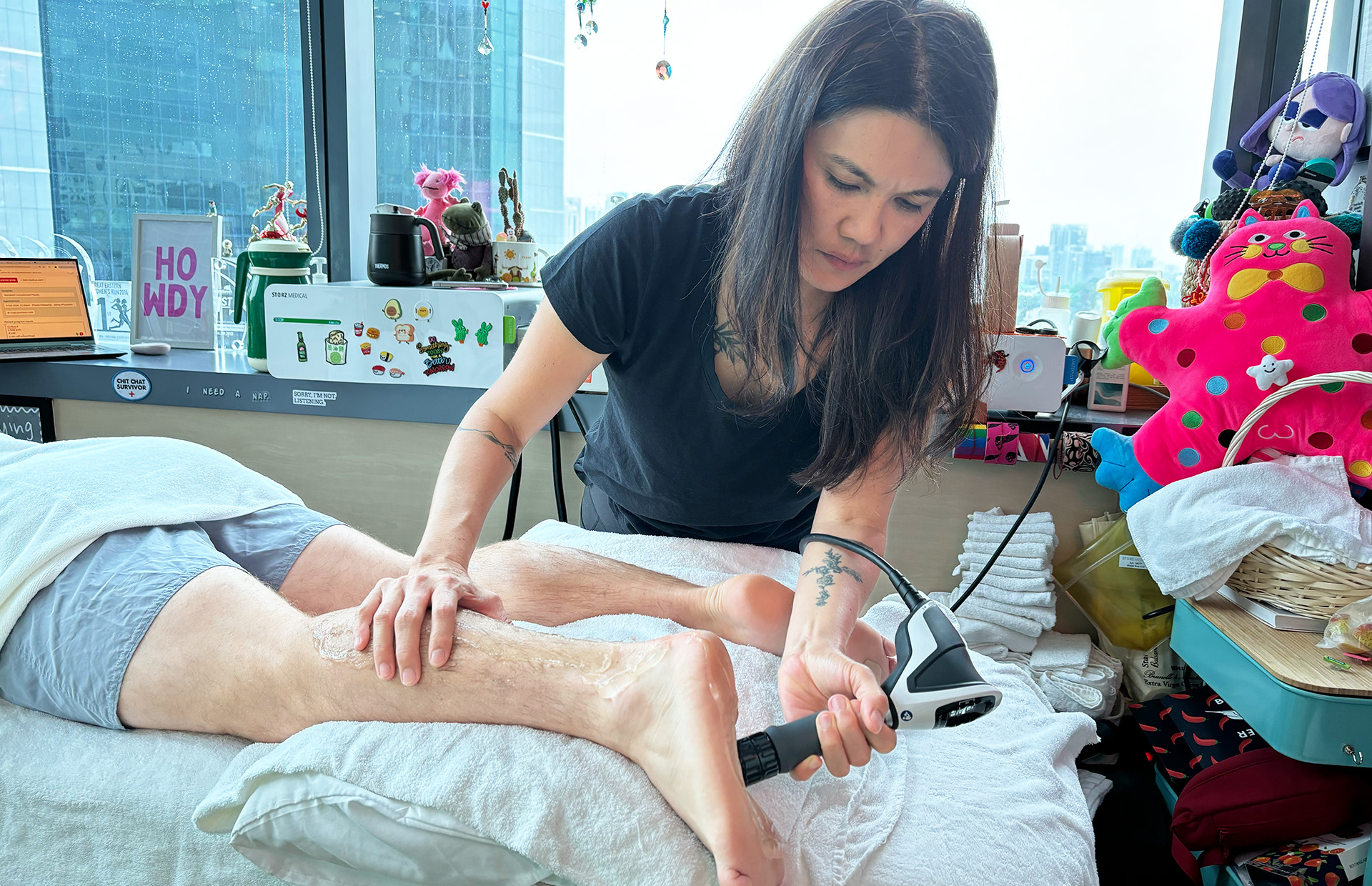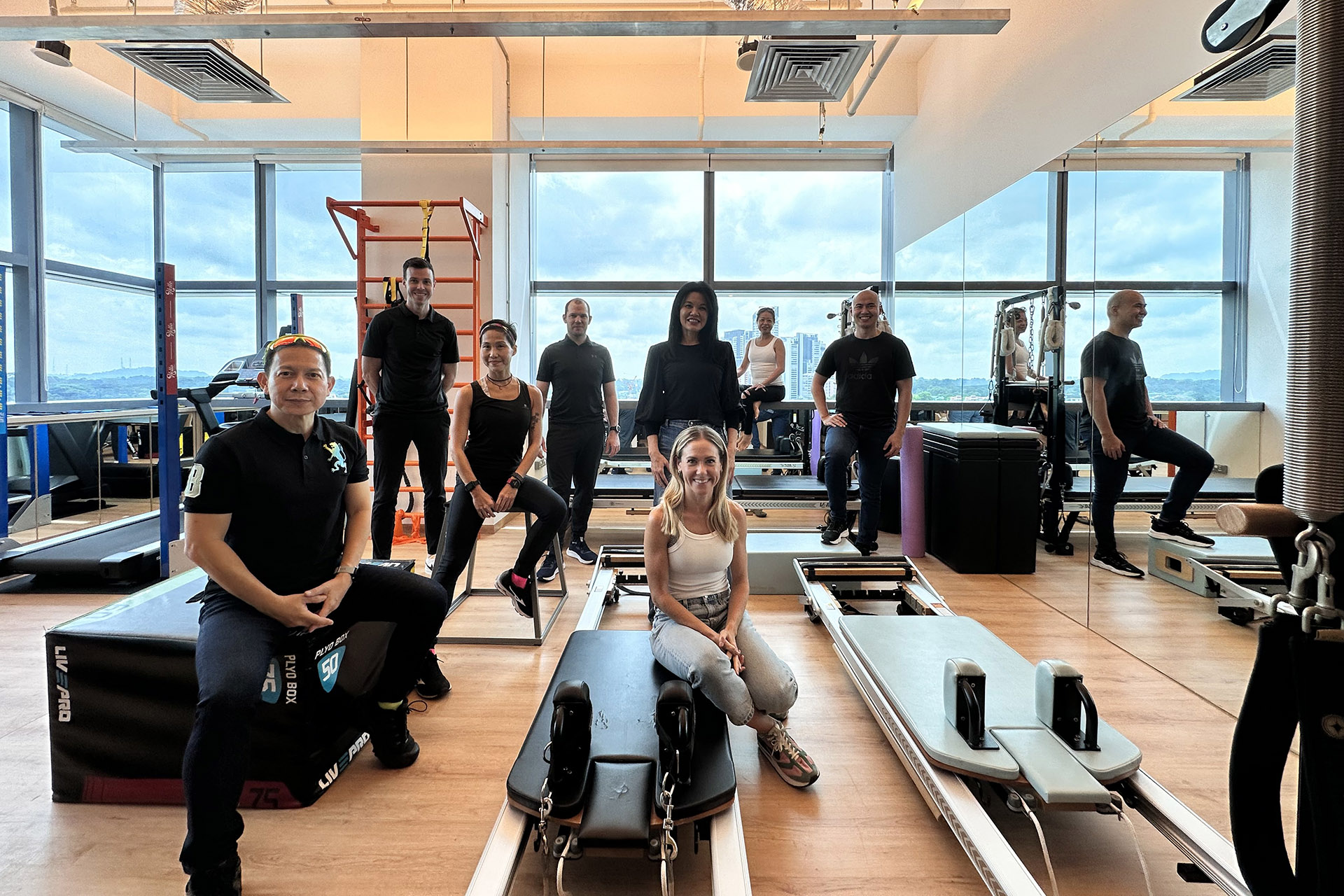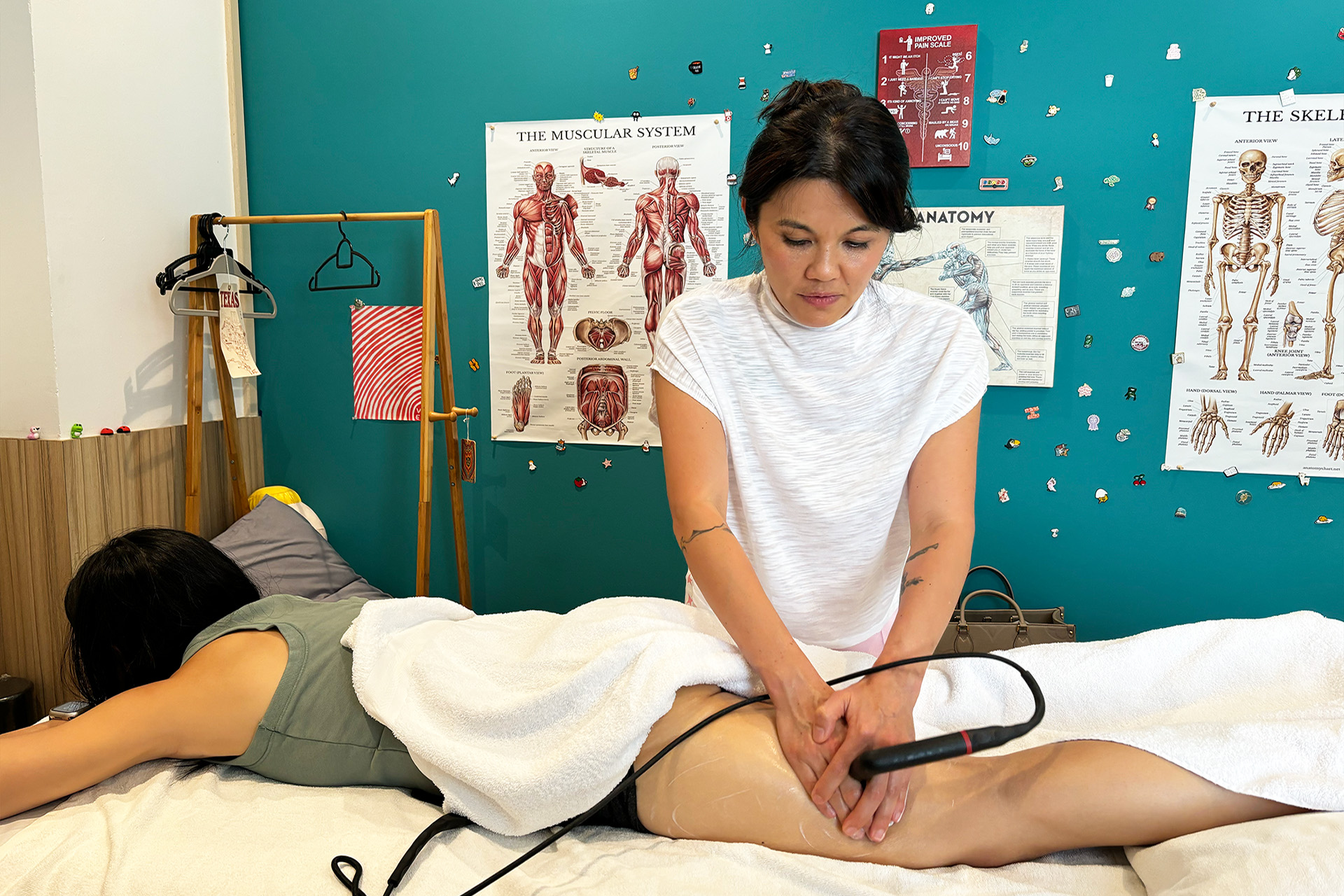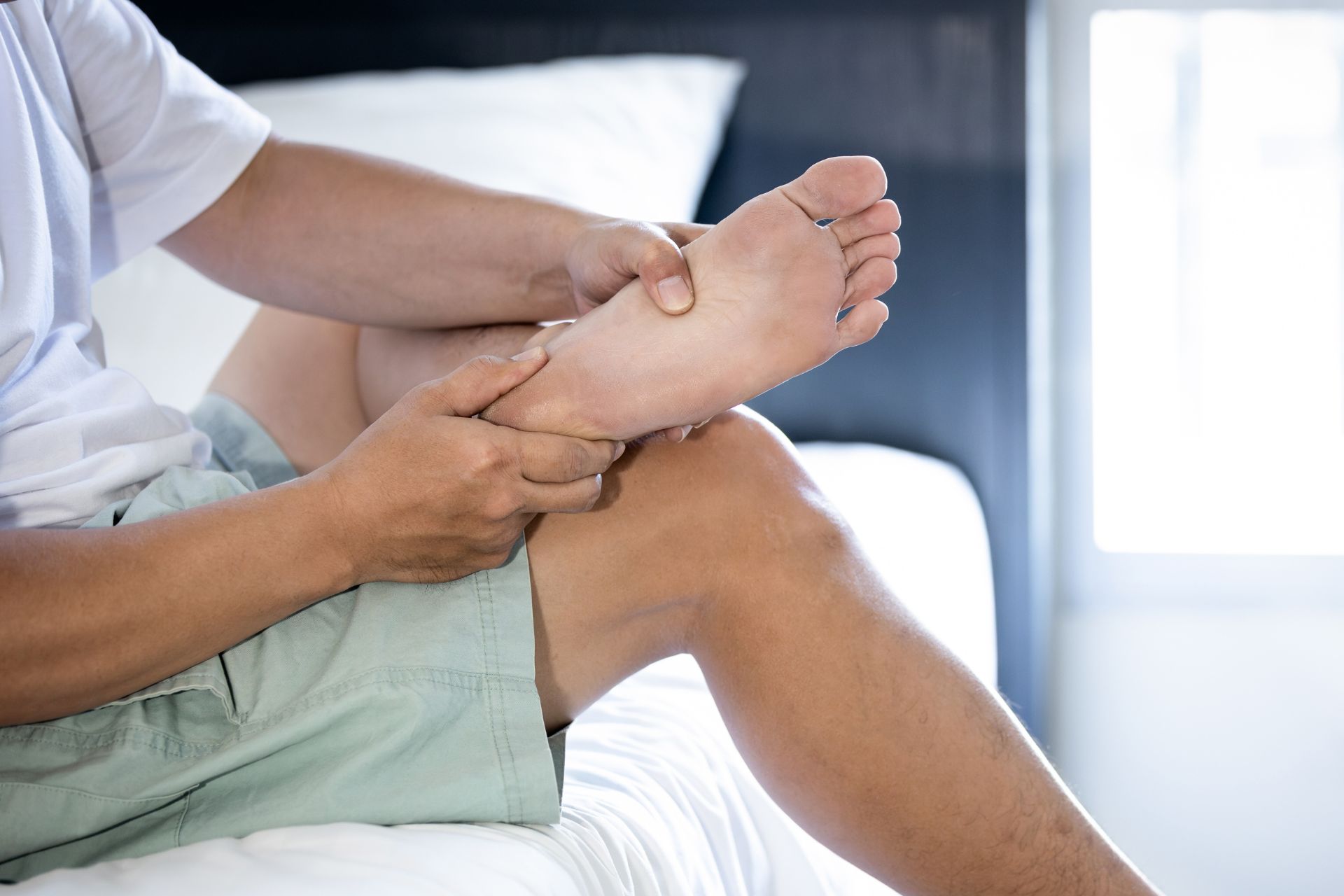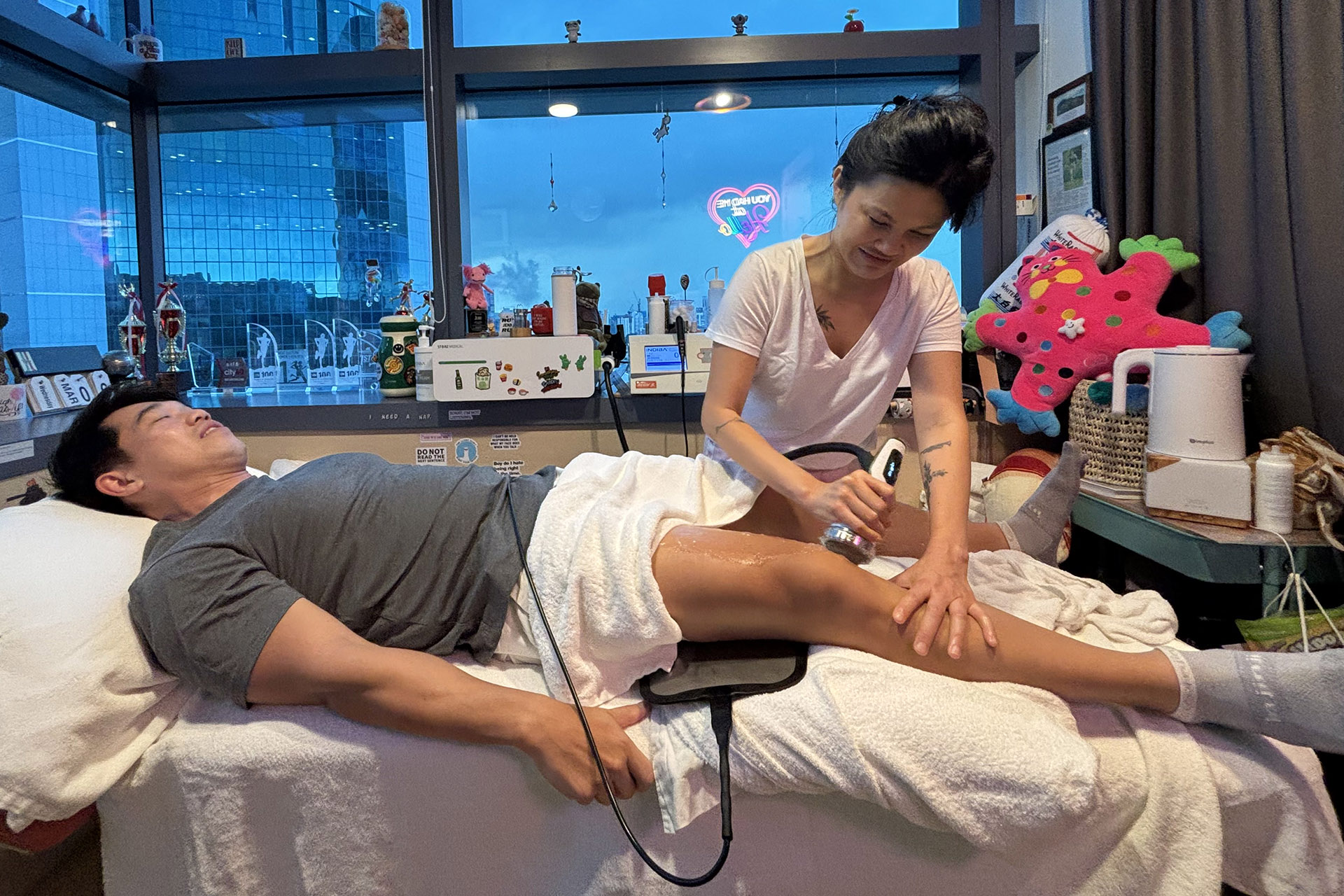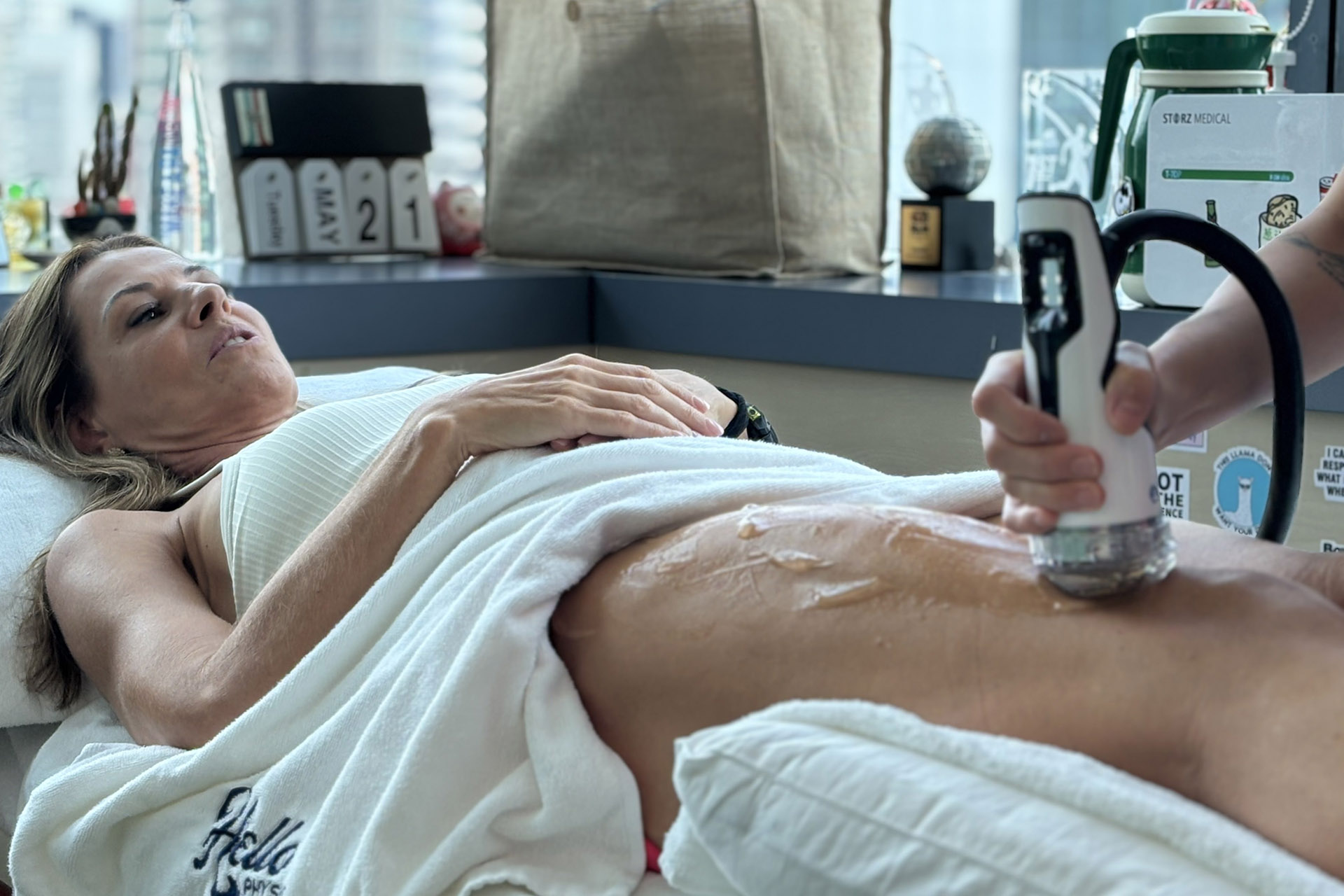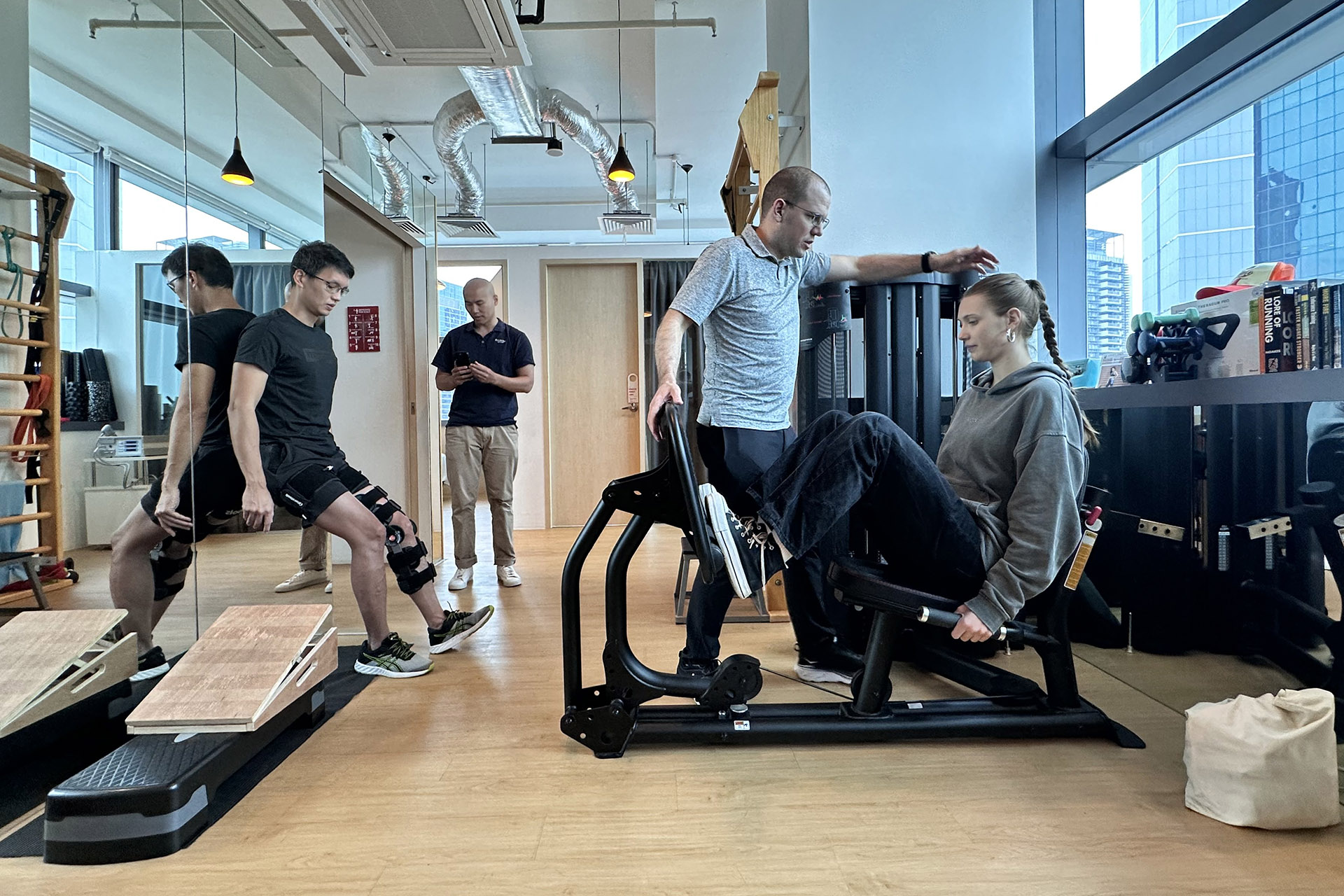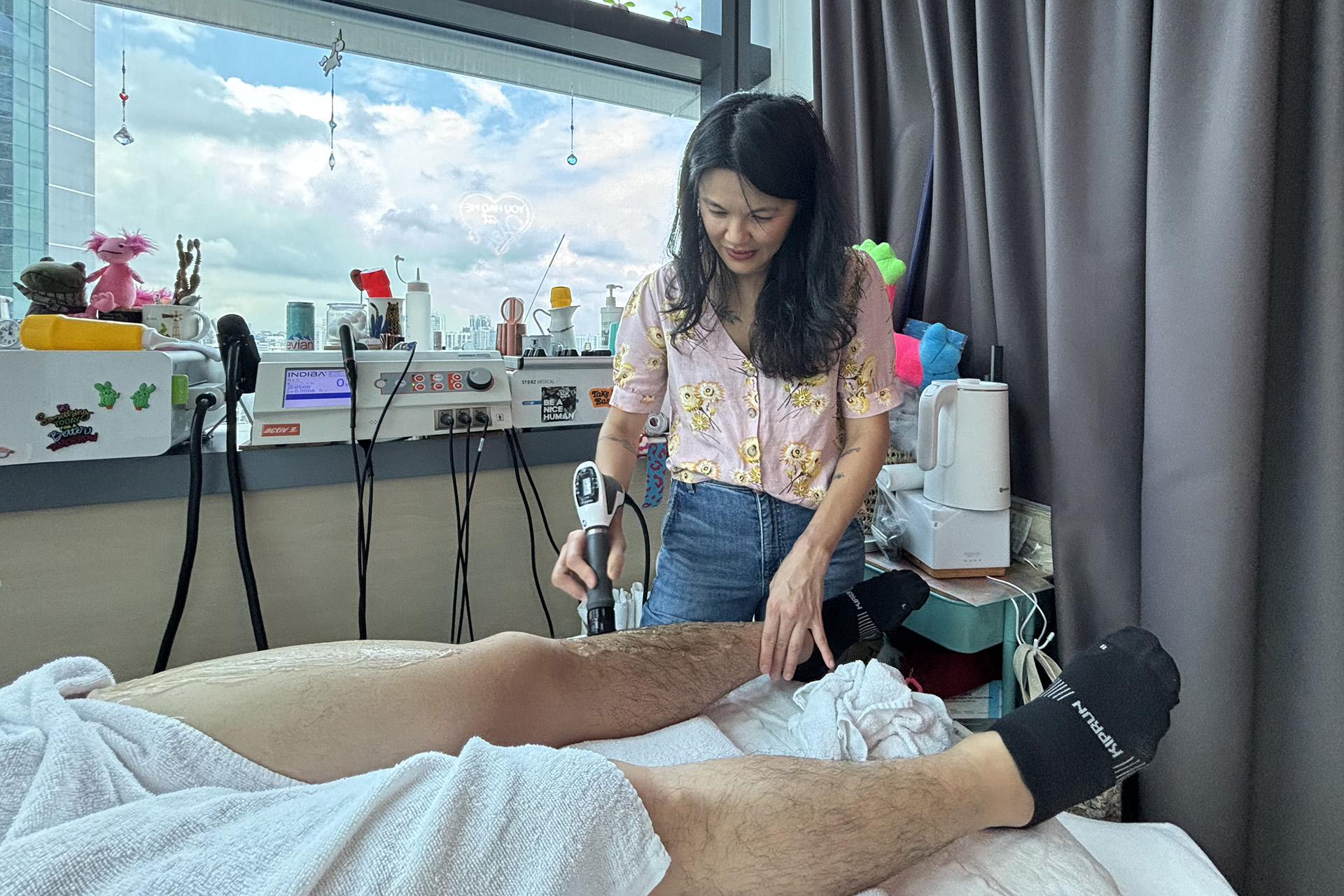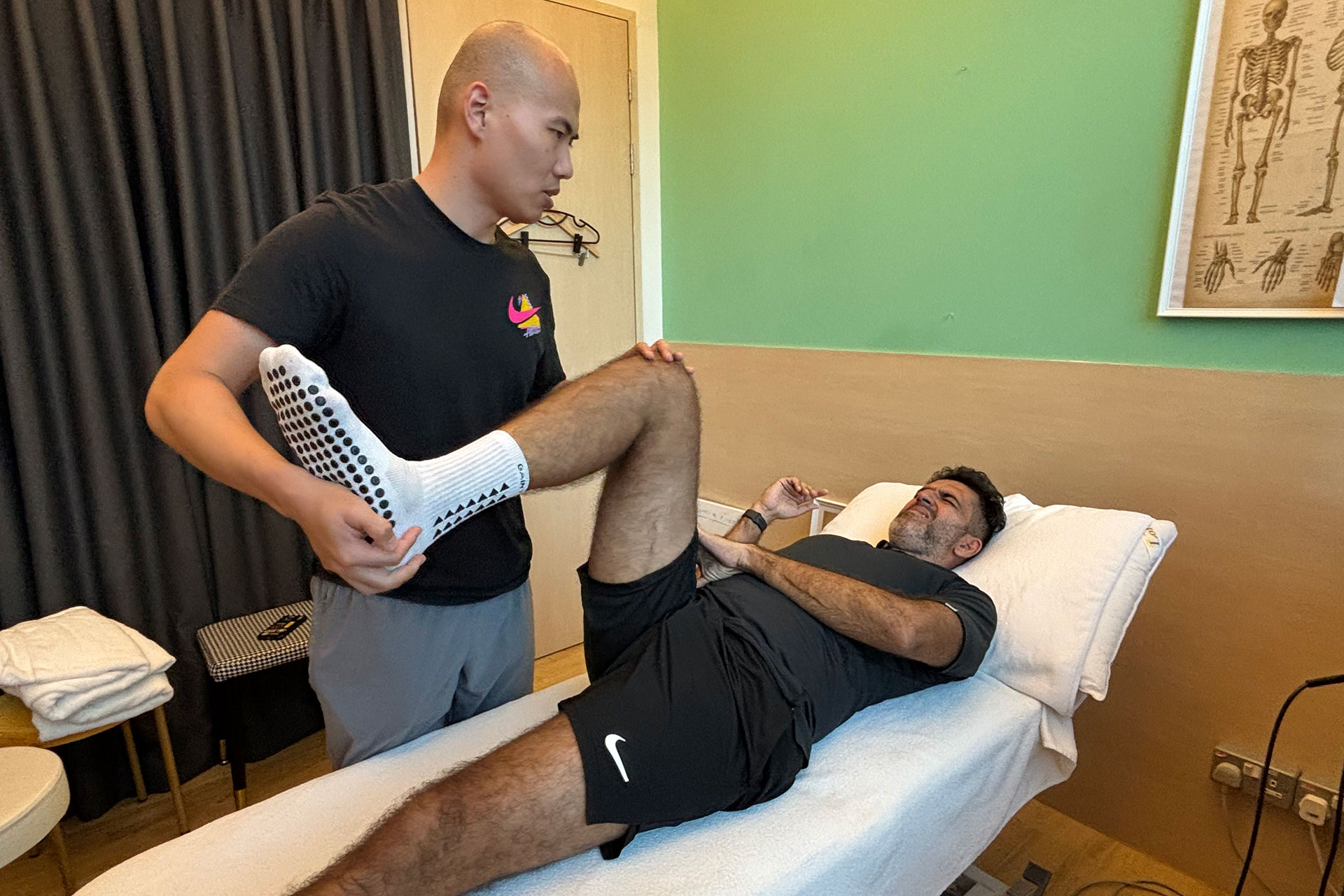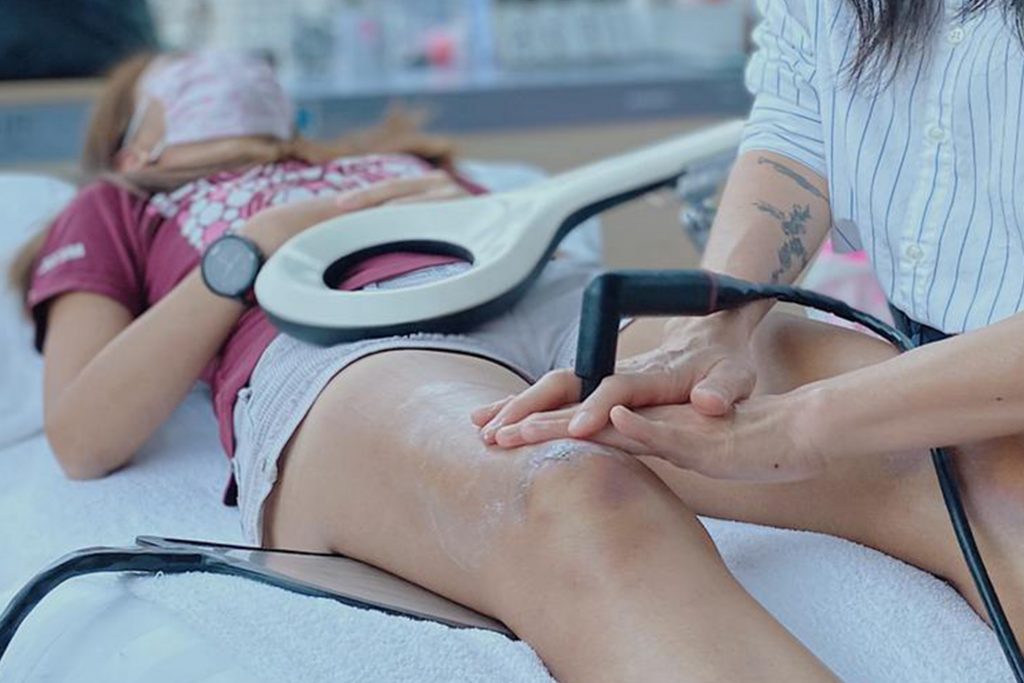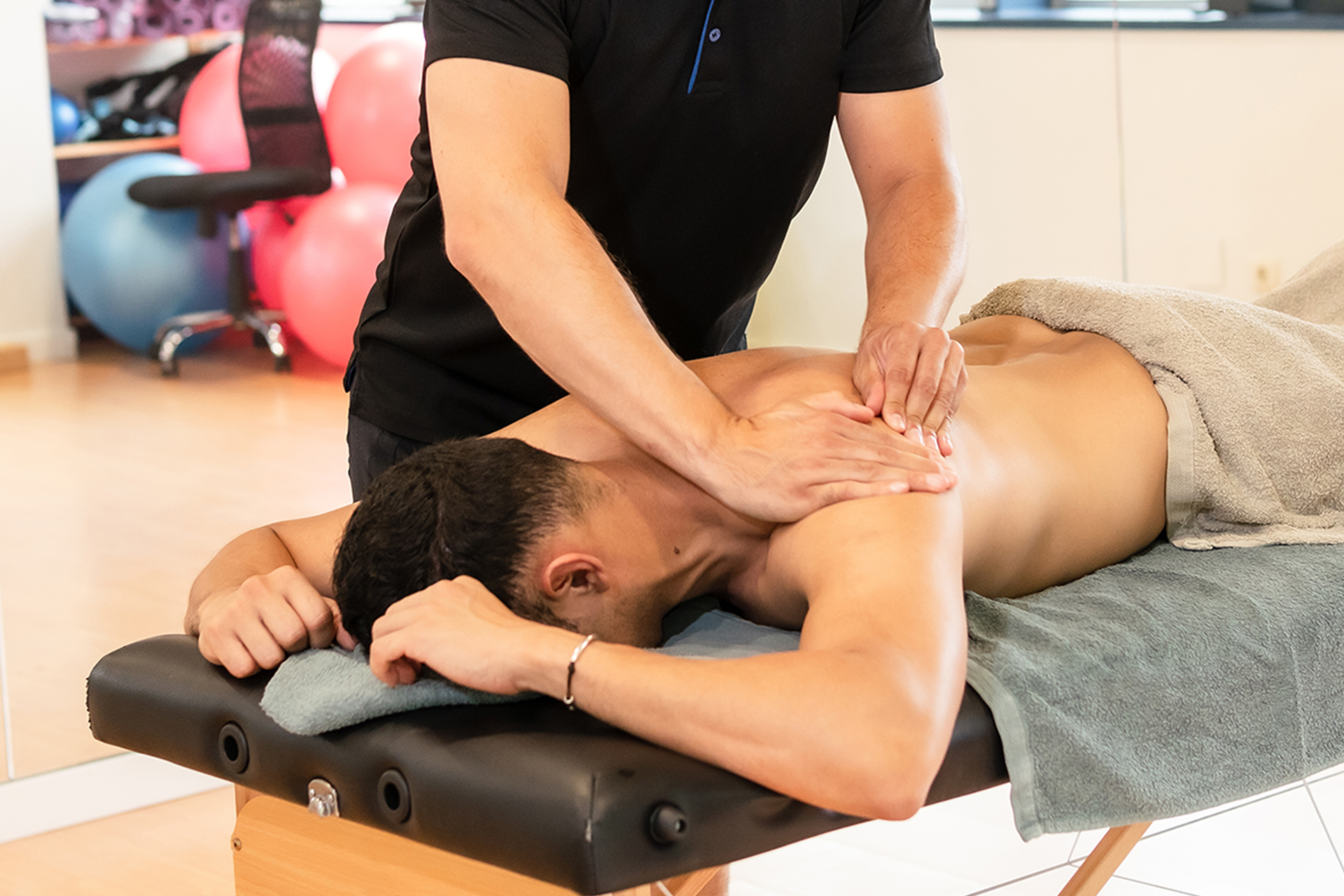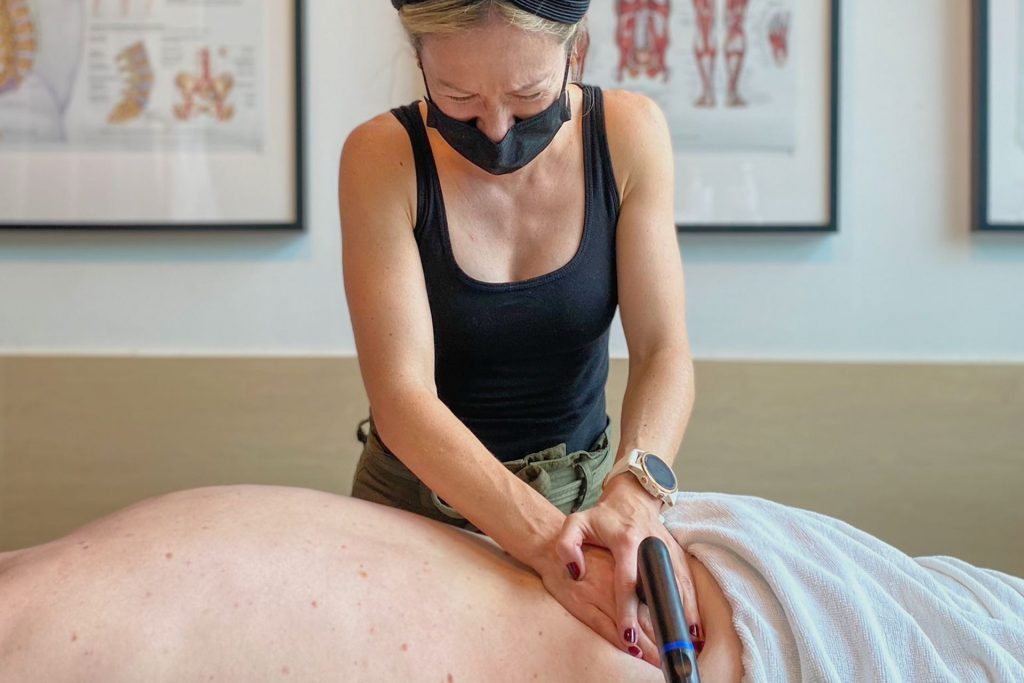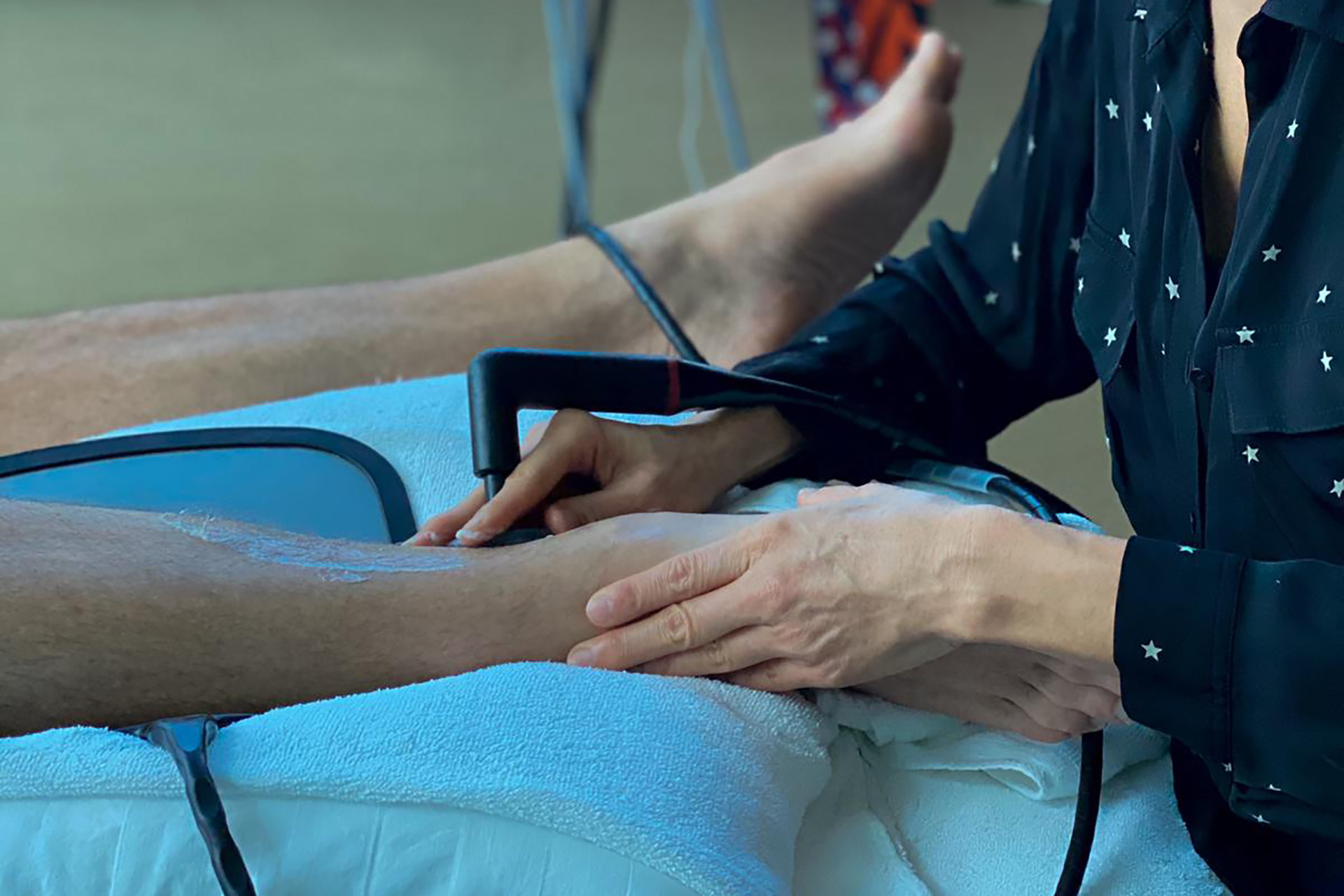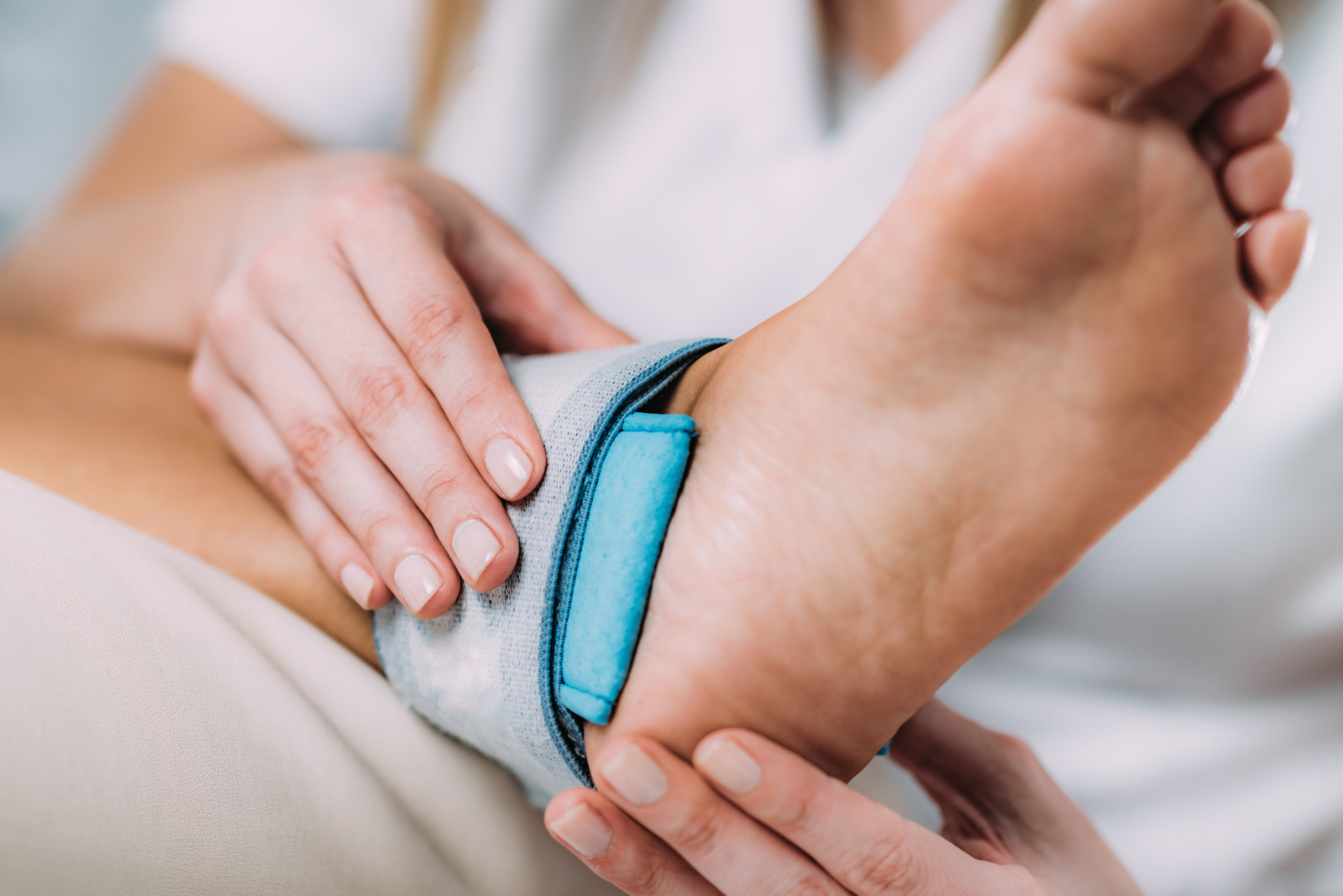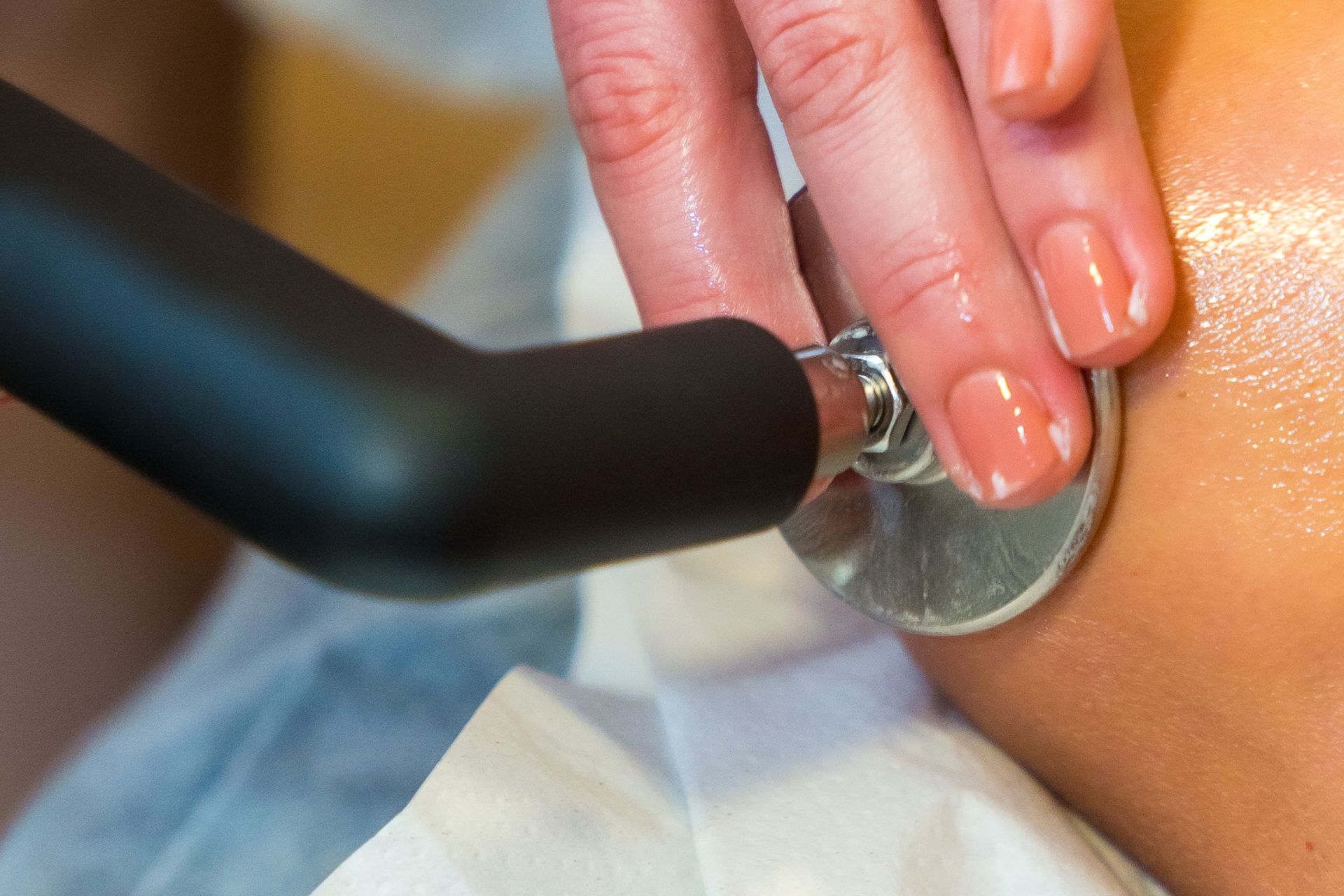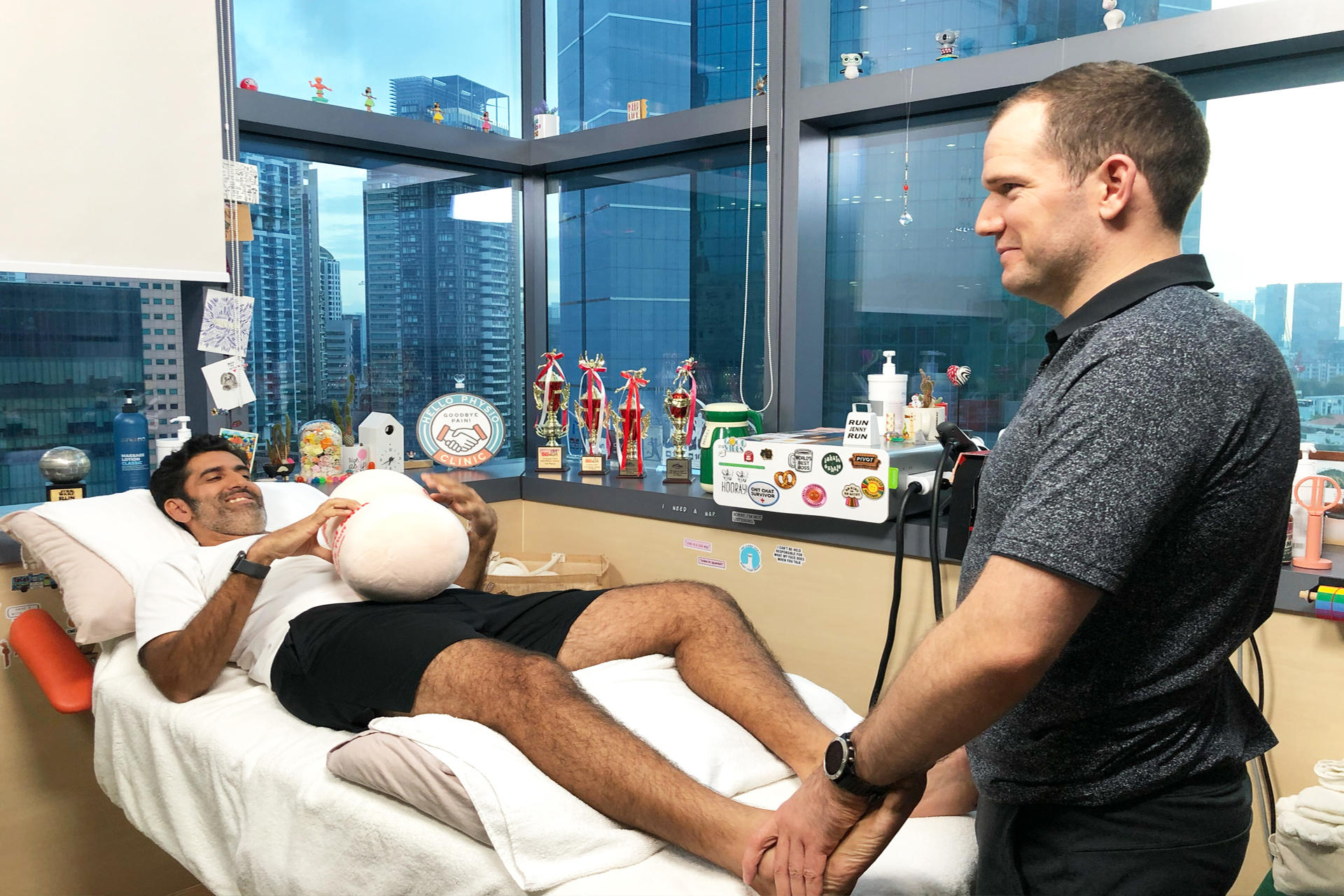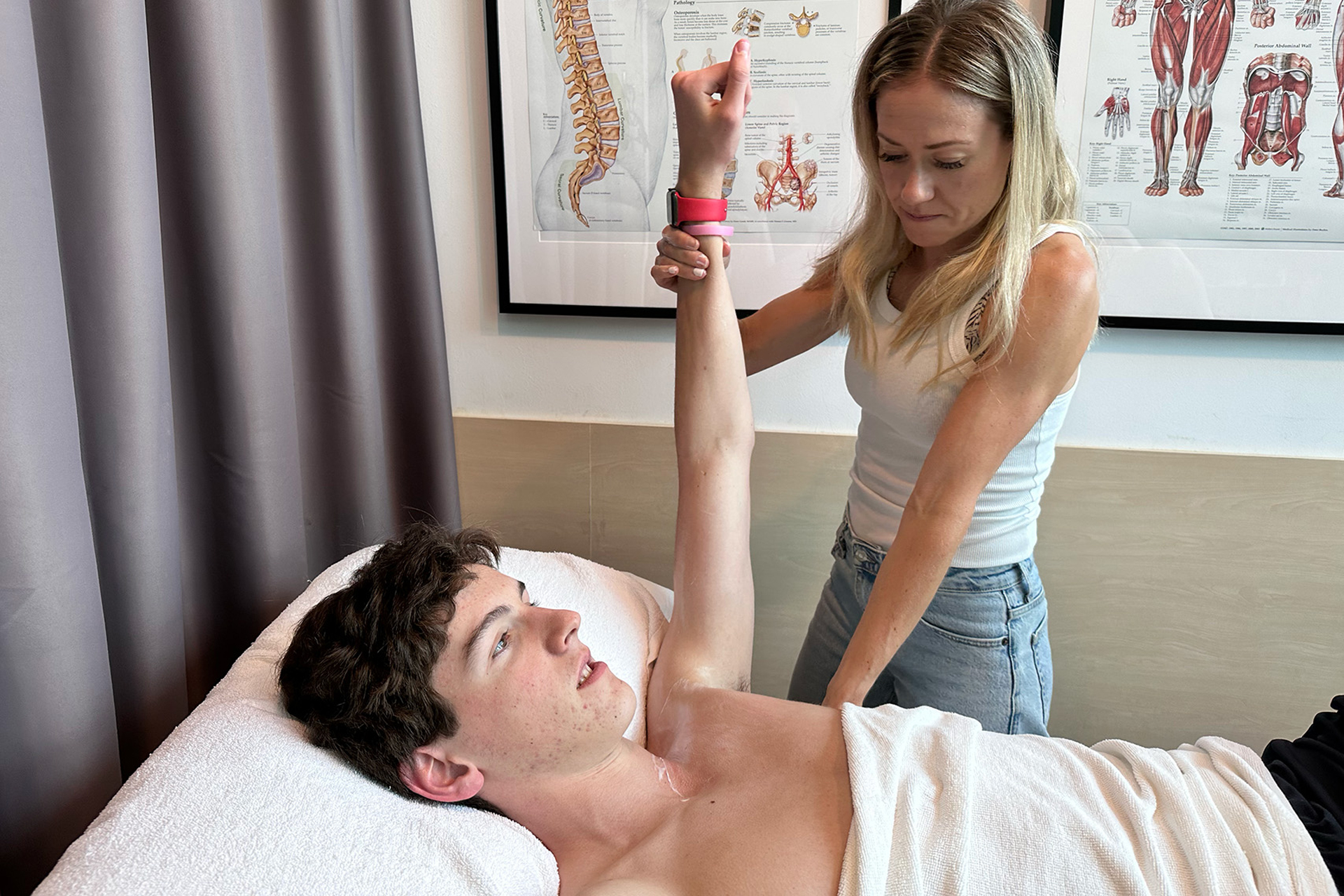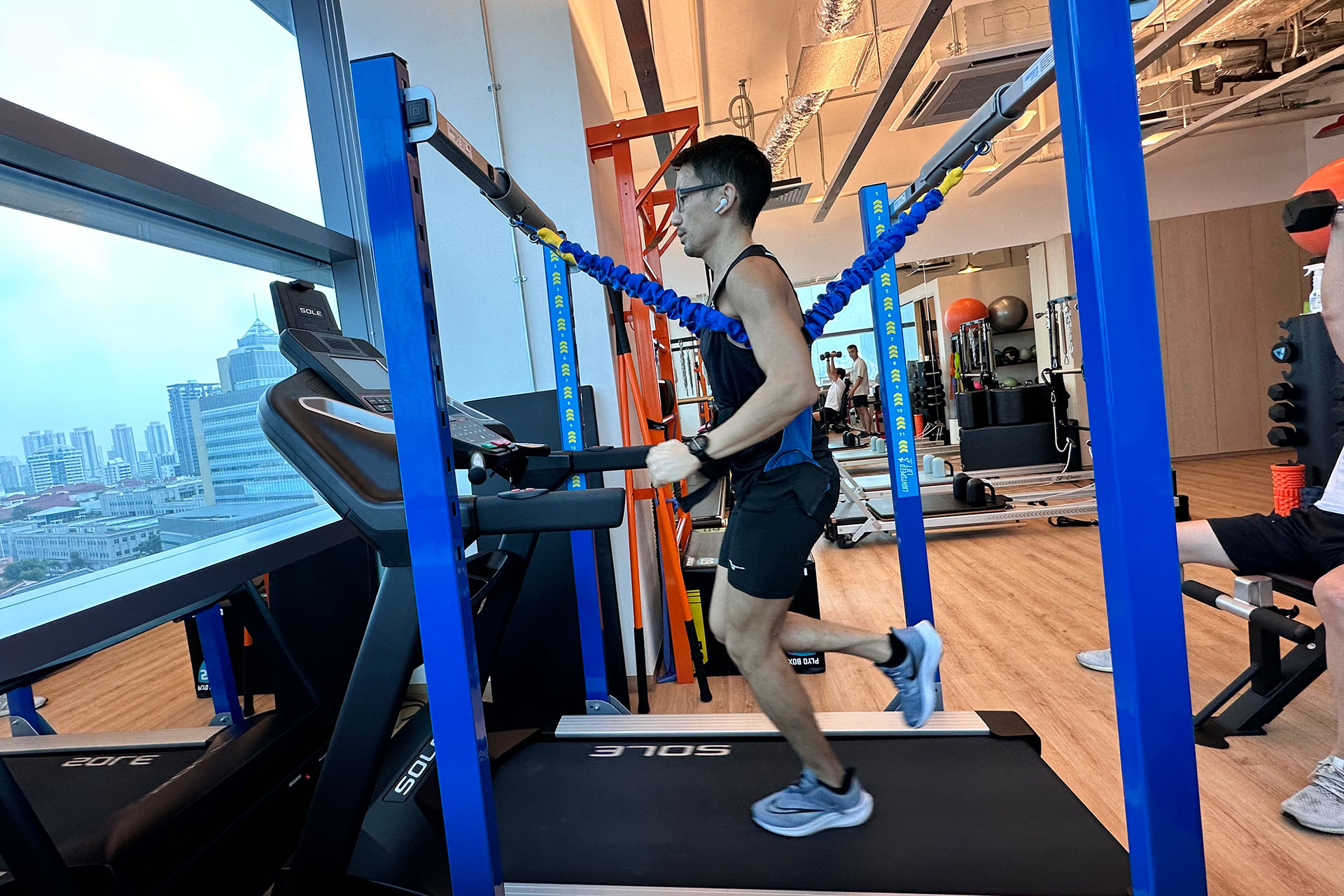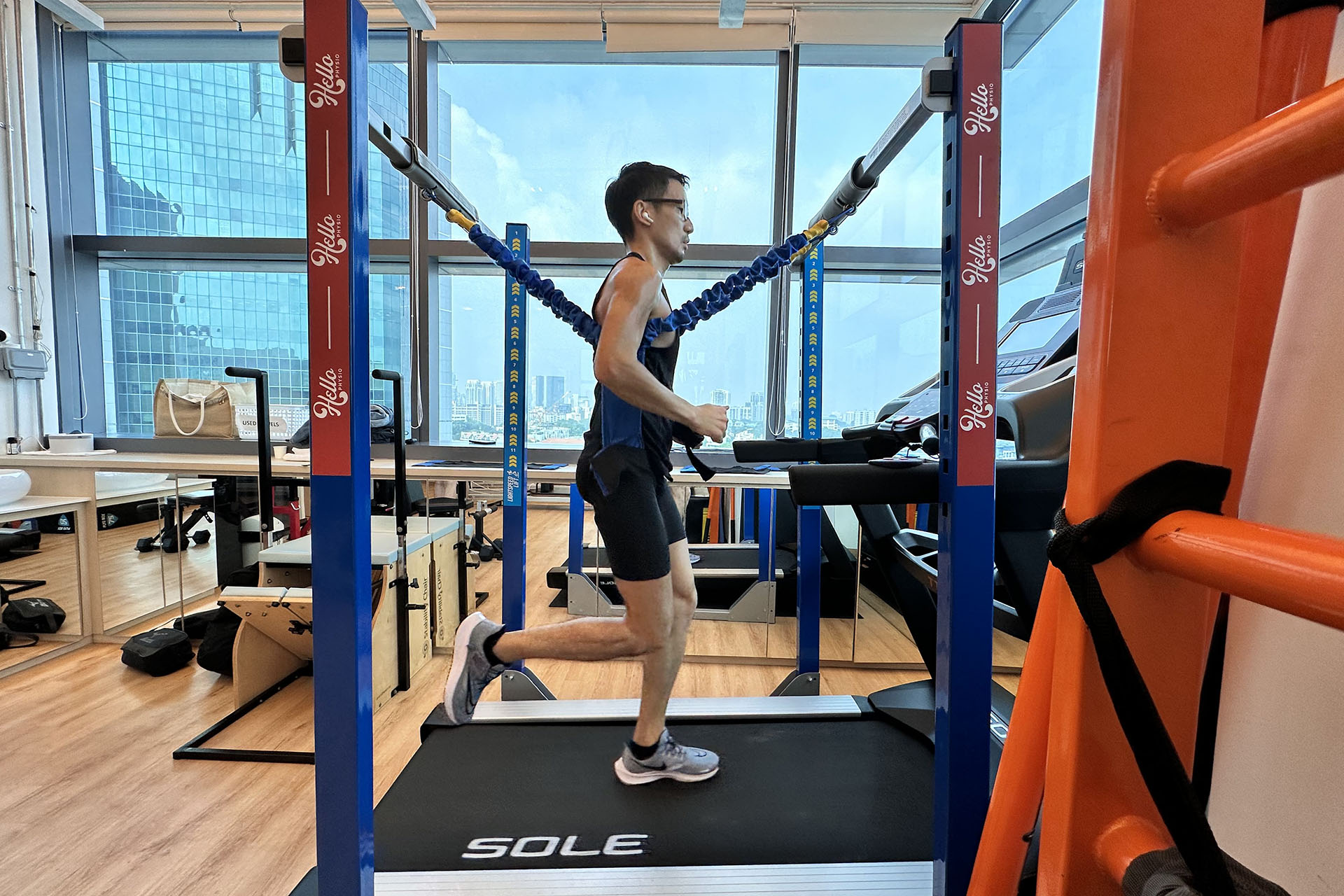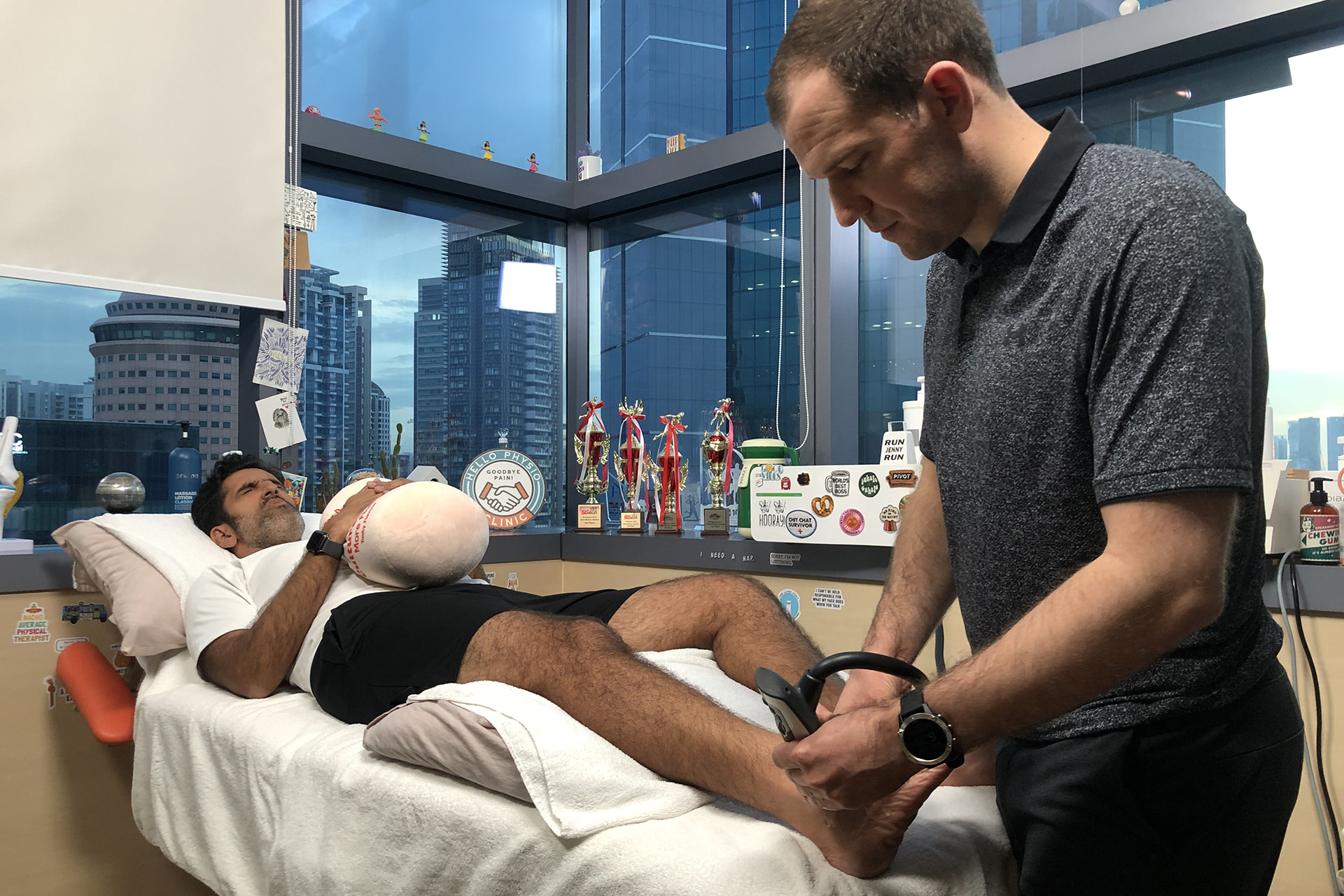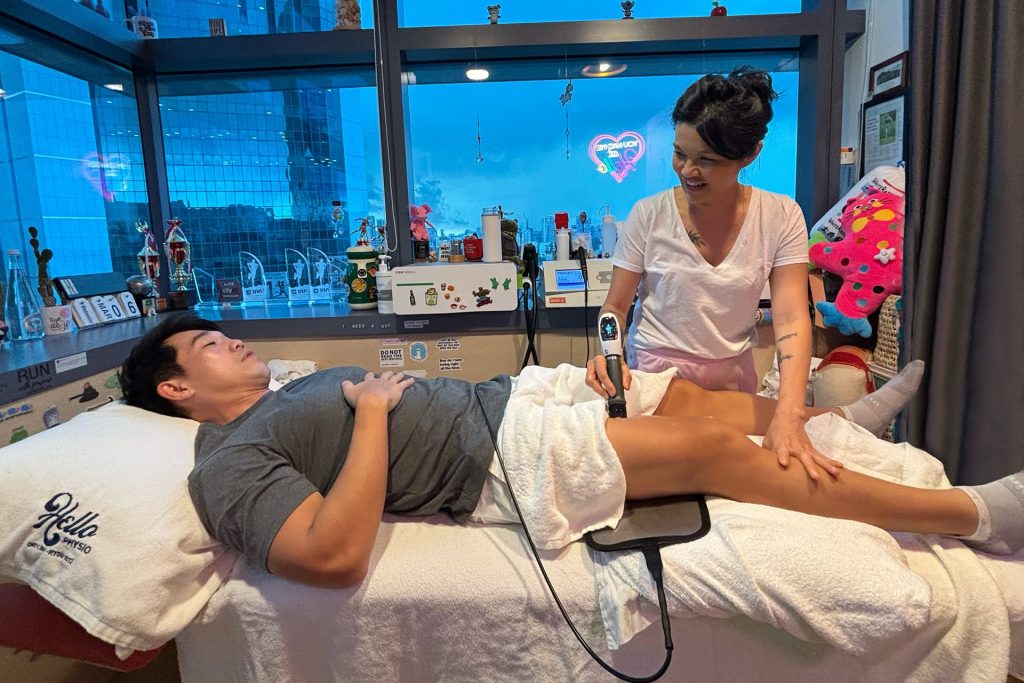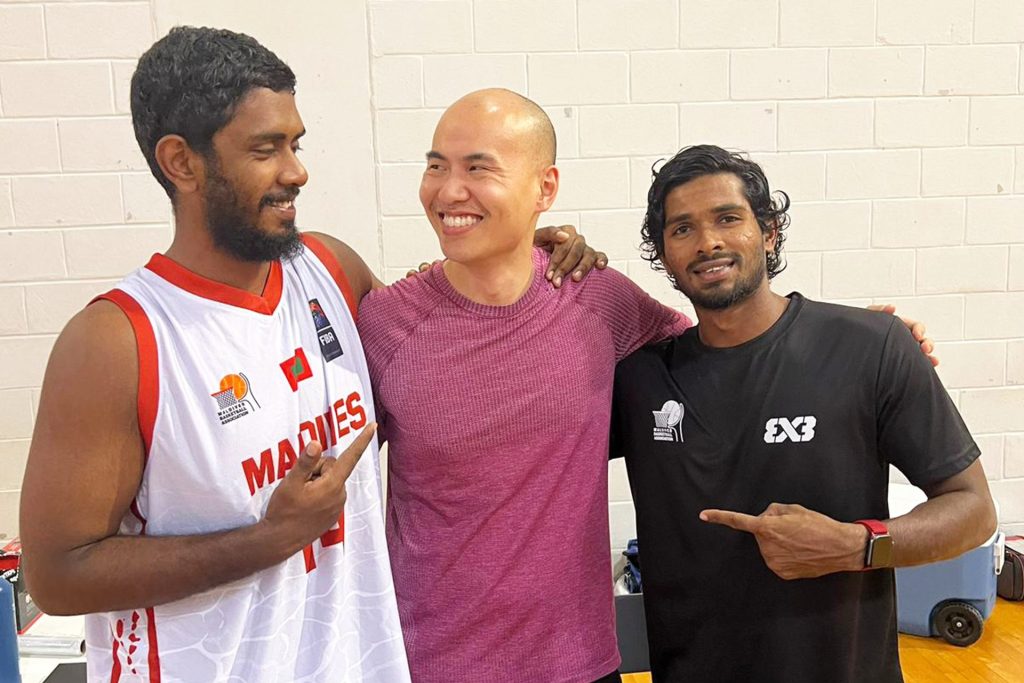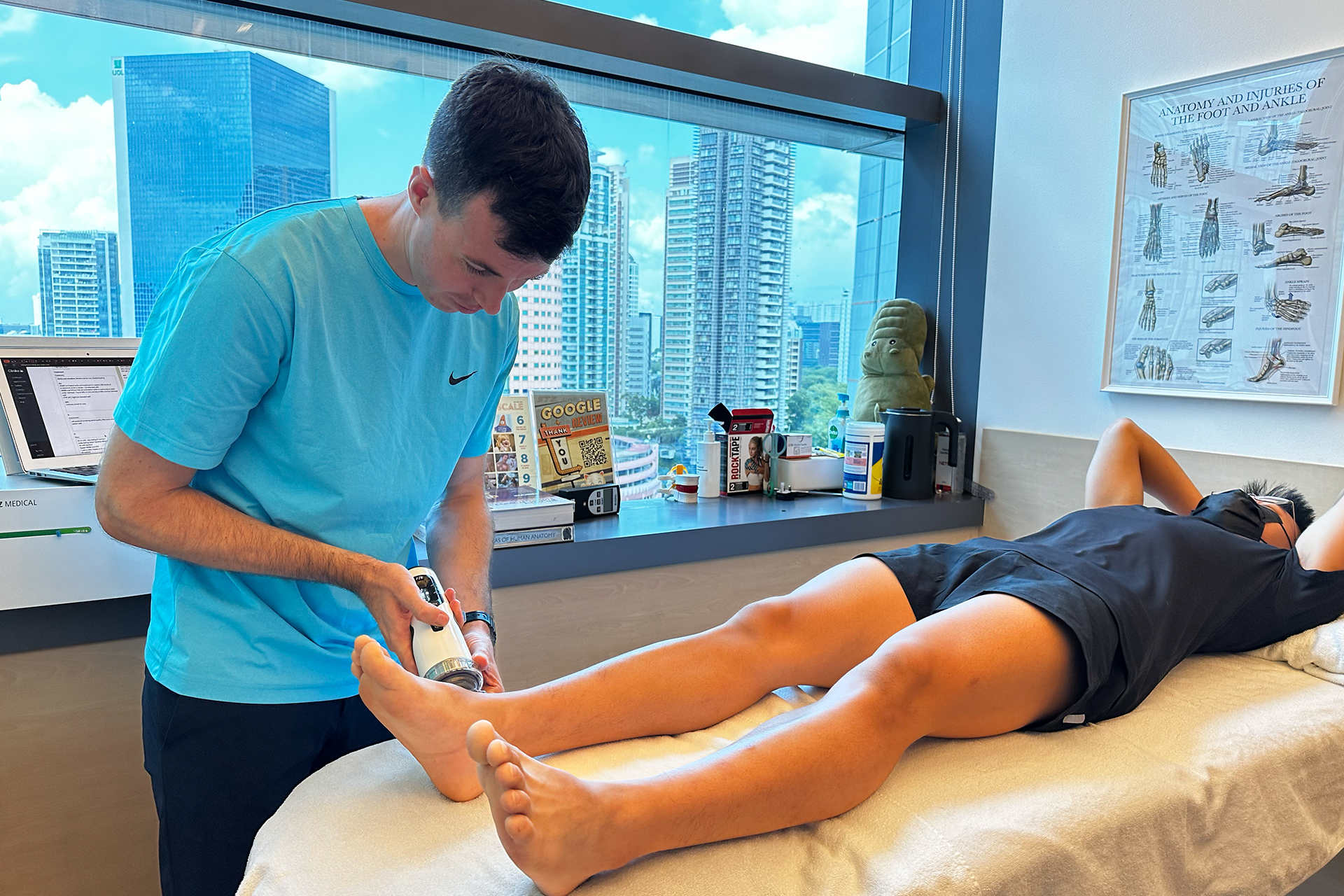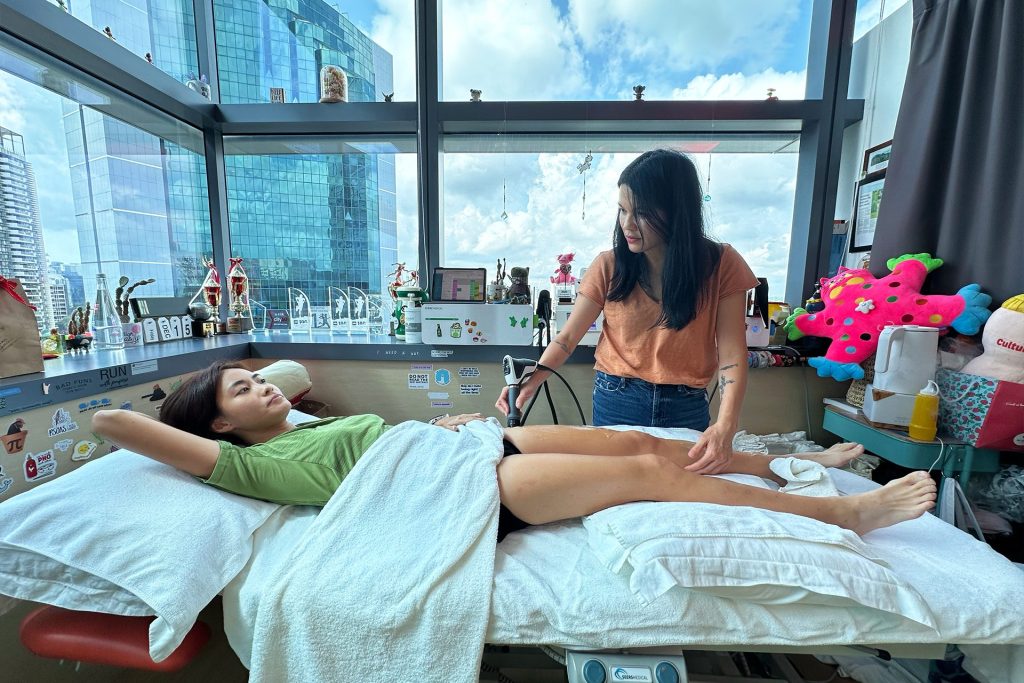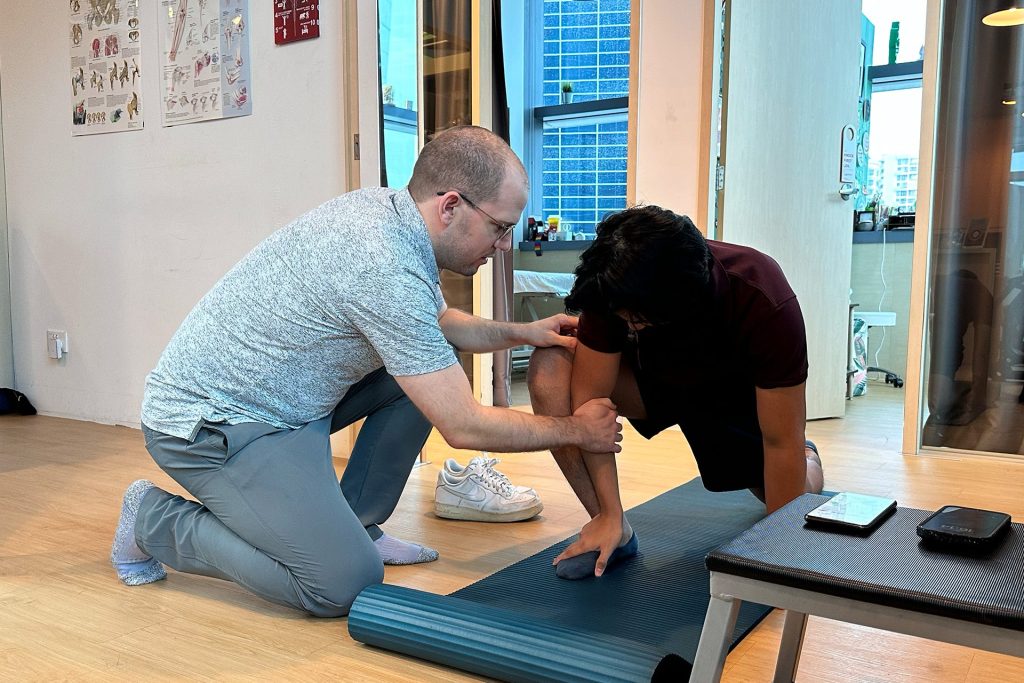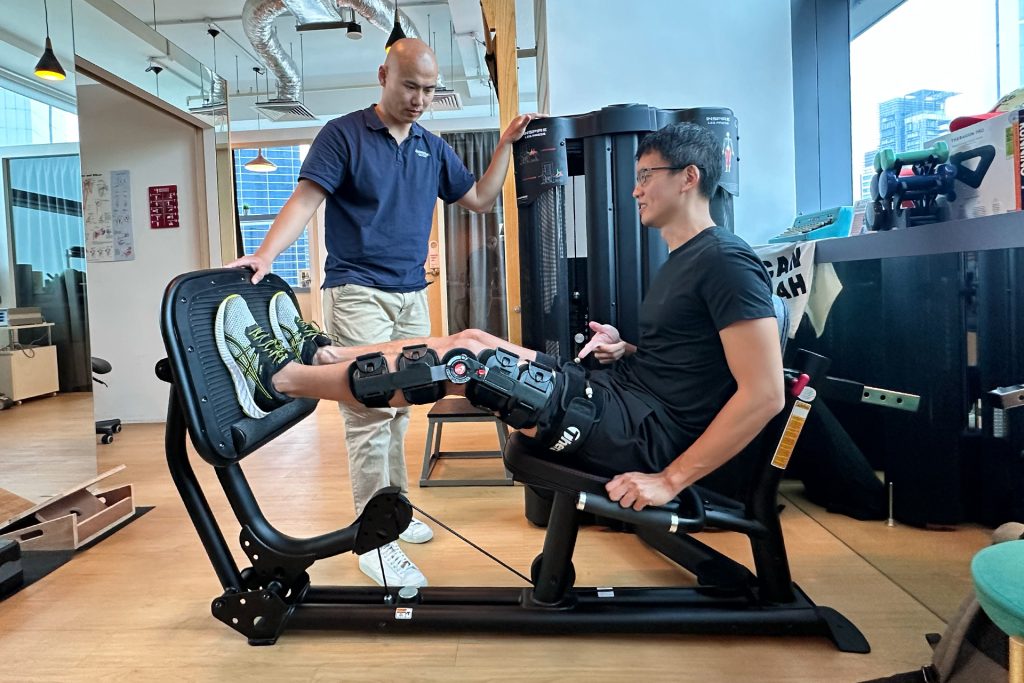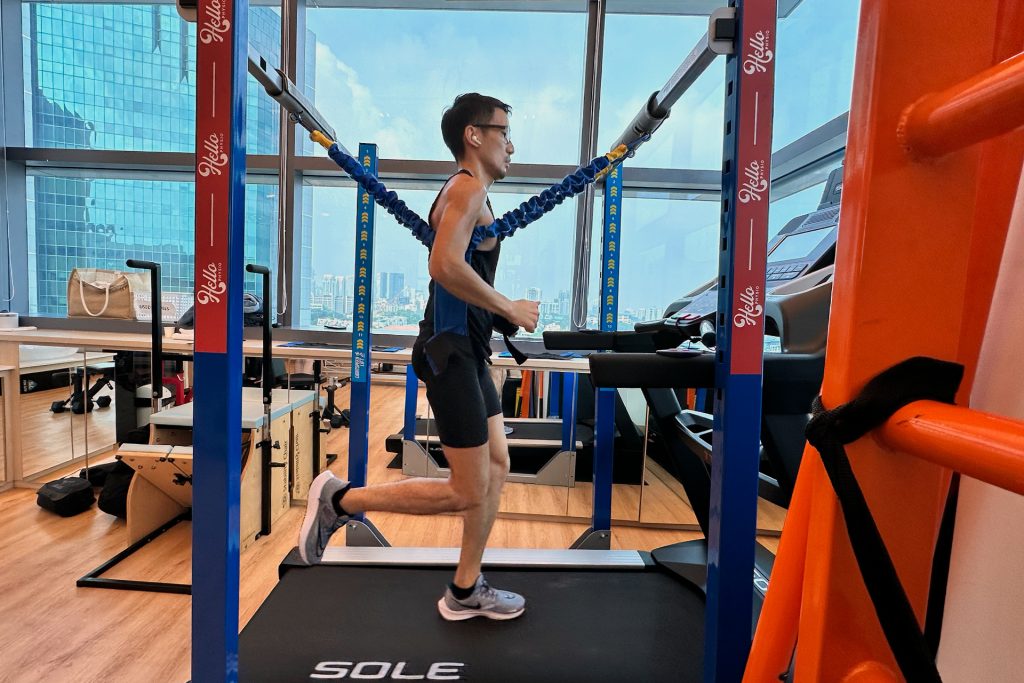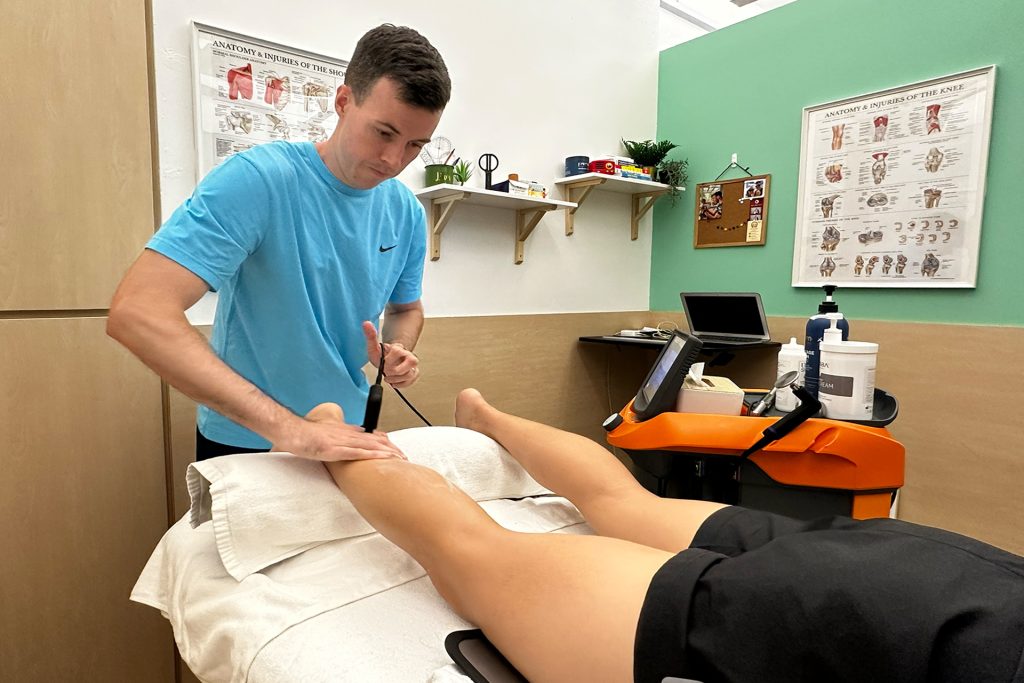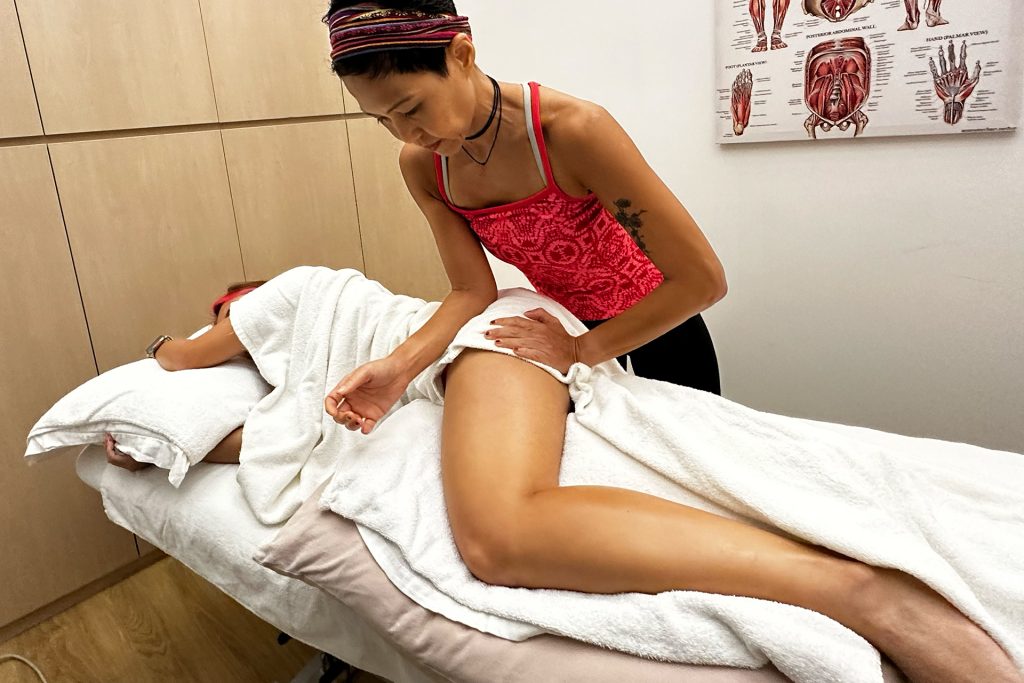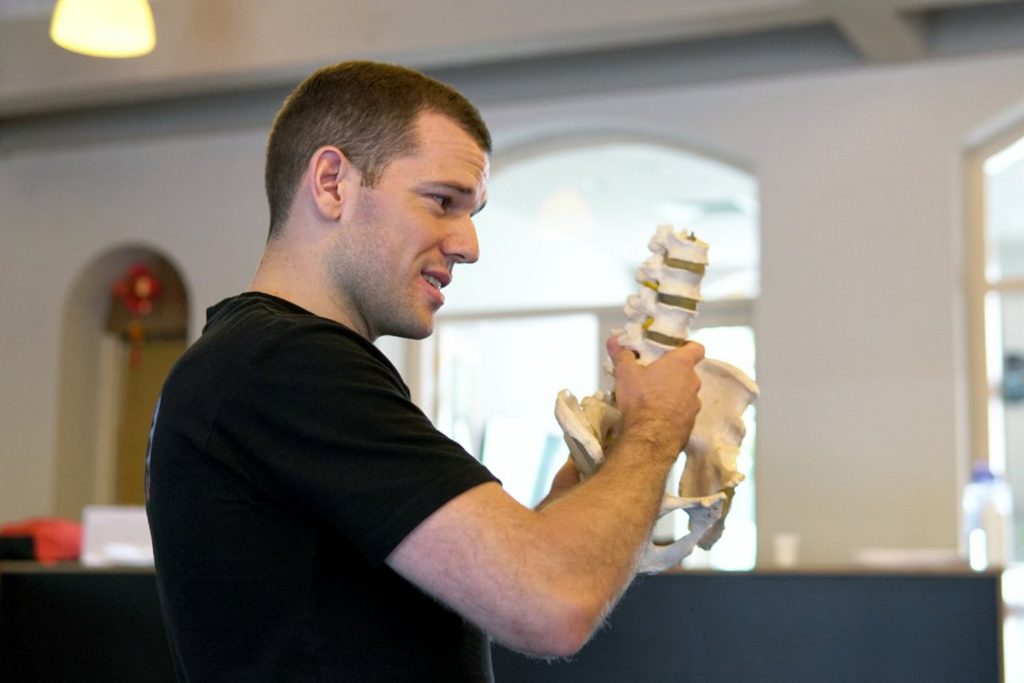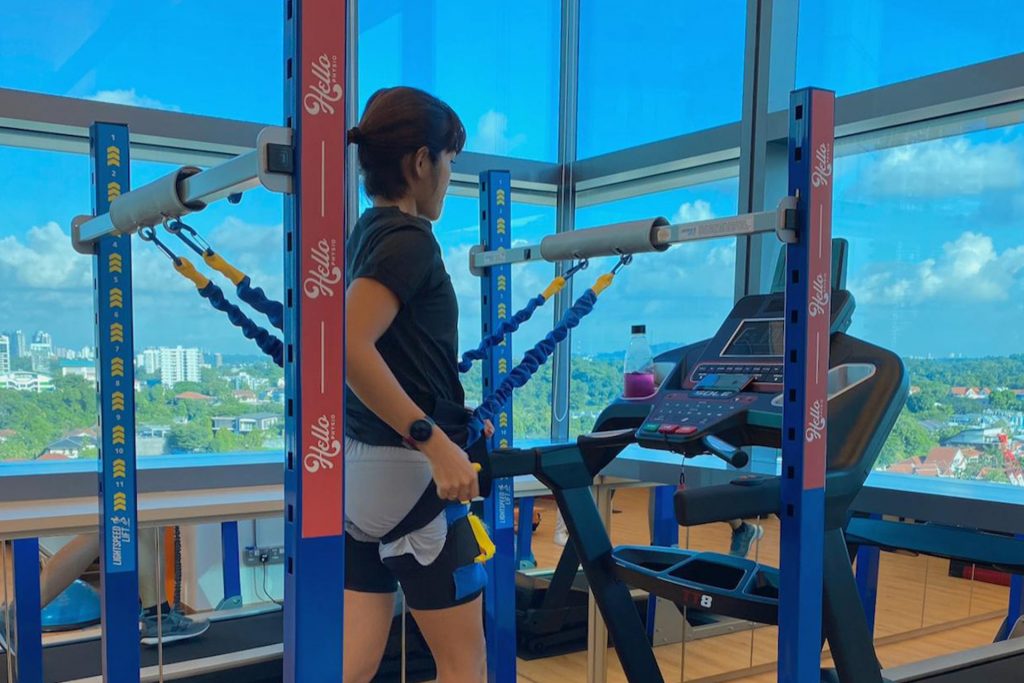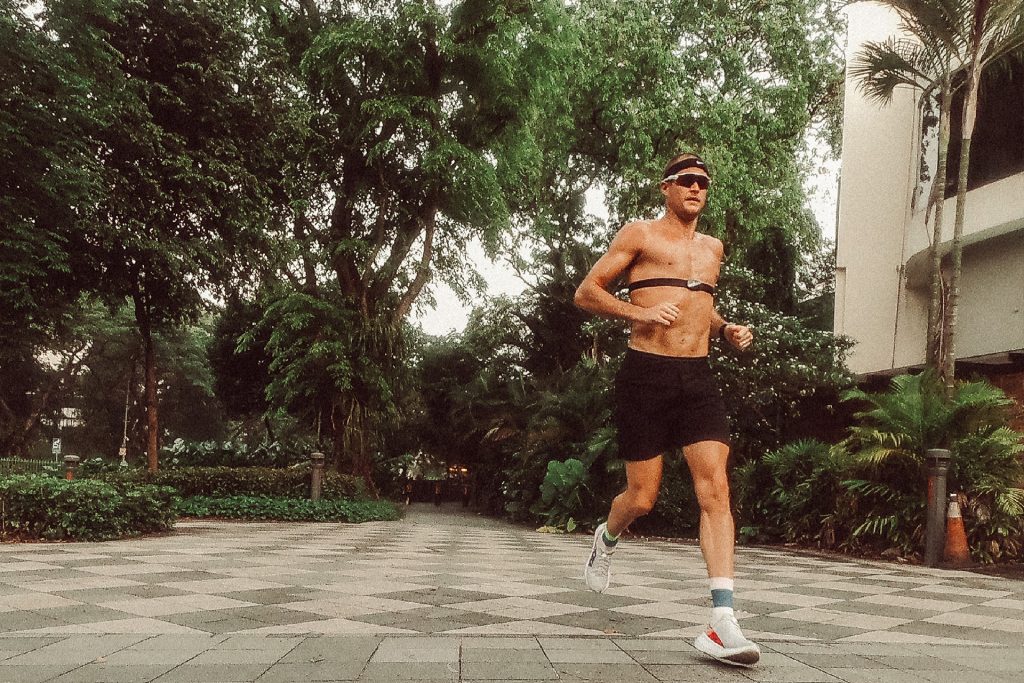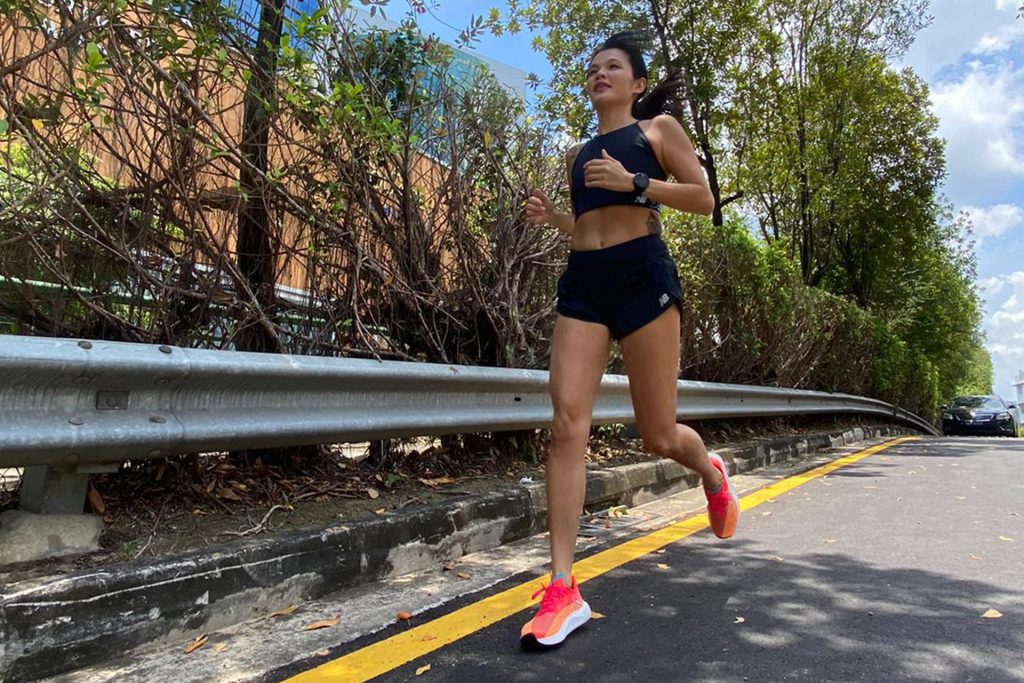Running injuries date back more than 10,000 years, with the legendary Pheidippides of ancient Greece completing the Marathon of Sparta. With long-distance running comes niggling pains that often lead to debilitating injuries due to a lack of training structure, insufficient recovery time, and weak muscles and imbalances.
Throughout the past couple of months, our clinicians have seen a host of patients enter our HelloPhysio sports physiotherapy clinic doors with a variety of running injuries, from hip flexor sprains to runner’s knee, shin splints and heel pain, so we thought we would explore the most common running injuries and how to prevent them from a sports physiotherapy perspective.
Anyone training for a marathon can develop an overuse injury due to the increased strain placed on the lower extremities through repetitive motions. This fact alone can cause all sorts of issues. When you combine the basics of repetitive movements with improper training techniques and insufficient rest, the outcome can be painful and mentally draining, as an injury may set back all those months of training.
Let’s first discuss the common running injuries we’re starting to treat at HelloPhysio’s clinic as clients increase their mileage.
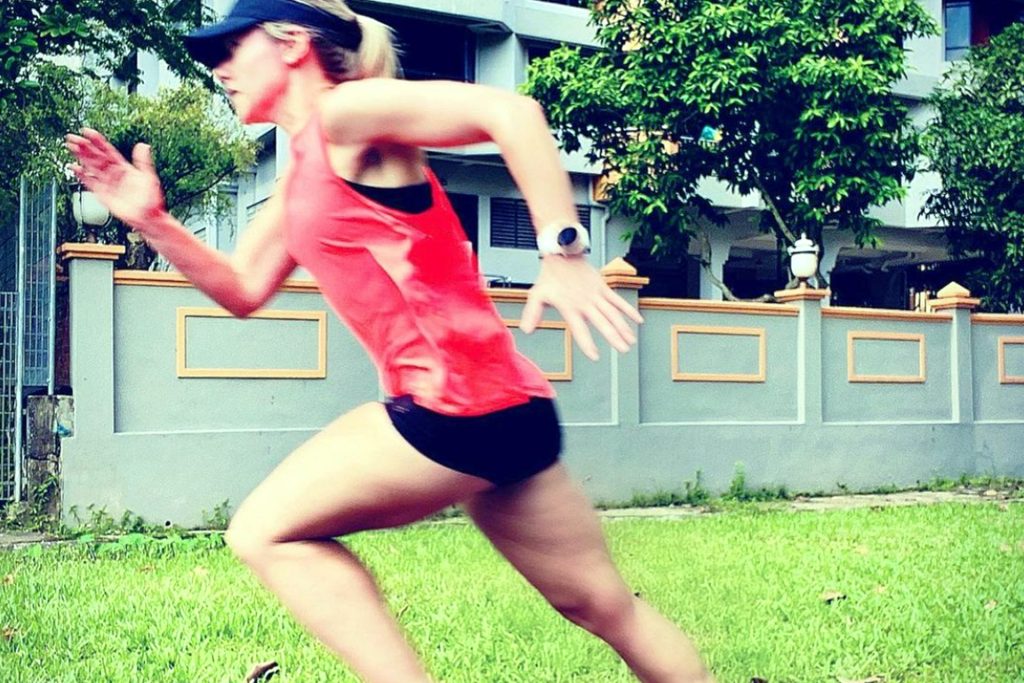
Does Running Really Wreck Your Knees?
Clients often come in complaining that knee running pain is wrecking their training. Clinical research shows the opposite effect. Distance running strengthens the surrounding muscles around our knee joints and helps protect against degenerative knee conditions, such as osteoarthritis. With proper, consistent training, our knee cartilage becomes more robust, and major muscles are strengthened to support the knee.
HelloPhysio’s running clinic in Singapore and its team of physiotherapists and instructors has decades of training and experience, both in the clinic and on the roads. If you’re a beginner looking to get from the couch to that first 10k, or training hard to finish the full Standard Chartered Singapore Marathon, our team has a few tips to share to help you reach the finish line strong and without injuries:
- No more than a 10 percent increase per week rule. Your muscles need time to strengthen, and even if you’re feeling enthused and full of energy, the steadfast 10 percent over the previous week’s mileage is a time-honored principle when it comes to training for a marathon and injury-free running. As the vast majority of running injuries are due to overuse and imbalances, this core tenet will help your body gradually adapt to increased stress and prevent injuries, ultimately helping you cross the finish line.
- Dynamic stretches versus static stretches. Muscles are strongest when they are at their resting length. Like a rubber band, static stretches decrease muscle elasticity, turning those connective tissues into loose, rubbery bands that deform tendons and ligaments. Instead, you’ll want to mimic the movement of the activity you want to do to actively move joints and muscles to target the muscle groups that can help to jettison performance even before you get out running.
- Consistency trumps volume. Remember that training is cumulative, and each training cycle benefits from rest and recovery days. Consistency is key, so try to get out there a minimum of three times per week to provide yourself with adequate rest days and recovery time for more intensive sessions.
- Keep muscles supple. Recovery is an integral part of strength training and is of utmost importance in preventing running injuries. Regularly practising Core Pilates stretching exercises not only helps keep your muscles supple and improve your overall flexibility, but they also relieve muscle tension, which is one of the main culprits of common running injuries. Use a simple massage roller or work in a sports massage therapy session each week to help relieve these tensions.
- Plyometrics improves speed. Vertical and horizontal training movements teach your muscles how to work together efficiently, strengthening tendons and muscle tissue. Beyond making your strides more powerful and stored energy more efficient, these exercises will also help your brain and muscle fibres communicate and simultaneously activate, increasing the motor firing rate and thereby improving speeds.
“Sporting injuries caused by running are common, mostly at the lower extremities, but can be prevented,” says David Shum, sports therapist and running coach at HelloPhysio. “Be realistic about the short and long-term goals. And, when in doubt, seek out a certified running coach with a proven track record to design an appropriate running program leading to a specific race.”
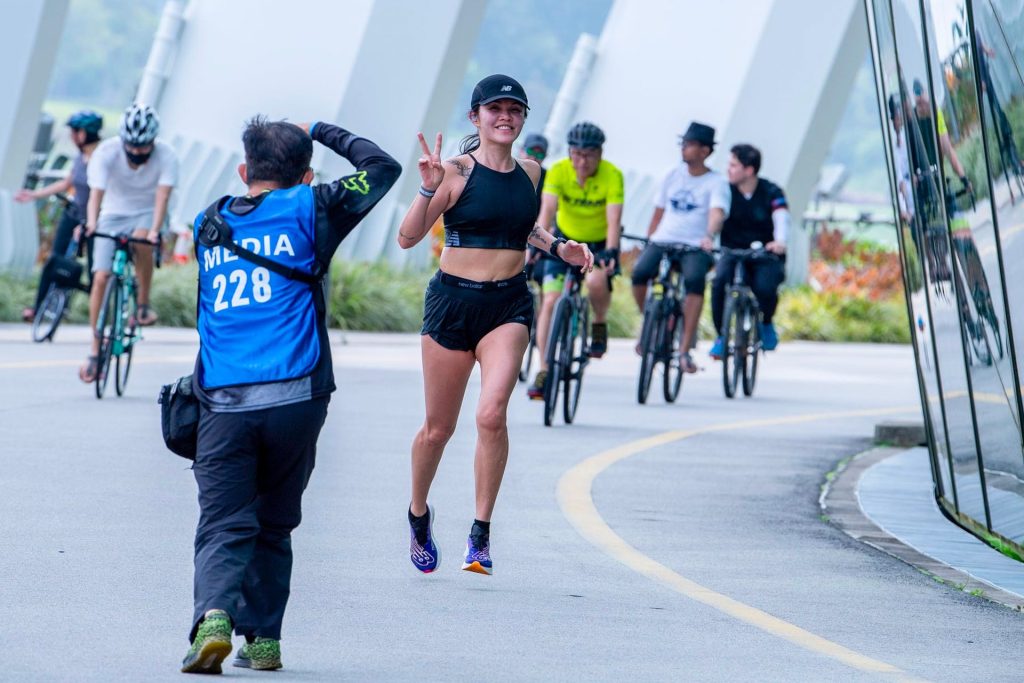
Common Lower Leg Running Injuries
Consistency trumps volume when it comes to improving your speed and optimizing performance when it comes to running. Most new runners will push themselves beyond their body’s ability to build muscle, which can lead to imbalances and weaknesses.
Add improper running techniques to the mix – bouncing up and down too much, overstriding, not using hamstrings/glutes enough, landing on feet too heavily, not using your arms, twisting the midriff side-to-side while running, bending the head and upper body forward and jogging slower than you can walk – and we have the recipe for the top five common running injuries we’ve been treating at the HelloPhysio clinic in the past few weeks.
Common Running Injury 1
Hip Flexor Strain
Hip flexor strain, attributed to the hip flexor muscles responsible for the running movement of bringing your knee closer to your chest, can be torn or ruptured, with anterior hip pain during the swing phase of your running gait cycle. If you haven’t warmed up with dynamic stretching before a run, there’s a chance that you’re putting additional strain on your hip flexor muscles. Hip flexor strain treatment may include soft tissue sports massage and low back and hip joint mobilization exercises, or dry needling to release taut muscle fibers to improve strength and range of motion to get you running again after injury.
Common Running Injury 2
Patellofemoral Pain Syndrome
Iliotibial band syndrome, an inflammation of the connective tissue that runs down the outside of the thigh, often occurs due to hip abduction weakness. It presents as intense lateral hip and glute pain, which can also be experienced in the thigh and knee areas. It’s one of the most common lower leg running injuries among endurance athletes, especially those training for marathons, as the repetitive motions of the iliotibial band irritate the tissue beneath it, causing pain. Running injury treatment for ITB syndrome with INDIBA® Activ can help reduce inflammation using non-invasive radiofrequency to stimulate tissue repair.
Common Running Injury 3
Iliotibial Band Syndrome
Iliotibial band syndrome, an inflammation of the connective tissue that runs down the outside of the thigh, often occurs due to hip abduction weakness. It presents as intense lateral hip and glute pain, which can also be experienced in the thigh and knee areas. It’s one of the most common lower leg running injuries among endurance athletes, especially those training for marathons, as the repetitive motions of the iliotibial band irritate the tissue beneath it, causing pain. Running injury treatment for ITB syndrome with INDIBA Activ can help reduce inflammation using non-invasive radiofrequency to stimulate tissue repair.
Common Running Injury 4
Anterior and Posterior Shin Splints
Anterior and posterior shin splints, or medial tibial stress syndrome, affect up to 35 percent of long-distance runners, especially new athletes training for a marathon. Pain can be stabbingly painful on the outside or inside of your shin bone whenever you move your ankle during the running gait swing phase, and often results in a lengthy disruption to all the hard training you’ve been doing. Treatment begins with rest and ice in the acute stage, followed by rehabilitative and strengthening exercises, such as Clinical Pilates sessions. Adjunctive treatments, like Shockwave Therapy, can also help to reduce the recovery time by stimulating the repair of the musculoskeletal system and tendon structures, thereby improving the density and strength of newly formed ligament fibers.
Common Running Injury 5
Achilles Tendinopathy
Achilles tendinopathy is a chronic overuse injury of the Achilles tendon – the thick band of tissue that connects your calf muscles to your heel bone. It often presents as a dull or sharp pain at the back of the heel, particularly noticeable when pushing off during the stance phase of your running gait. Runners who rapidly increase training load, change terrain, or wear unsupportive footwear are especially susceptible to microtrauma and degeneration within the tendon, rather than classic inflammation. Early signs include stiffness during the first few steps in the morning or discomfort during uphill runs. Left untreated, the condition can become more complex, potentially leading to partial tendon tears.
Running injury treatment typically involves load management and progressive strengthening, often guided by a physiotherapist. Eccentric calf exercises help stimulate tendon remodelling, while Shockwave Therapy or INDIBA® Activ may be used to accelerate healing and reduce pain. Manual therapy, which addresses biomechanical imbalances – particularly in the foot and ankle – also plays a crucial role in achieving a full recovery and returning to running.
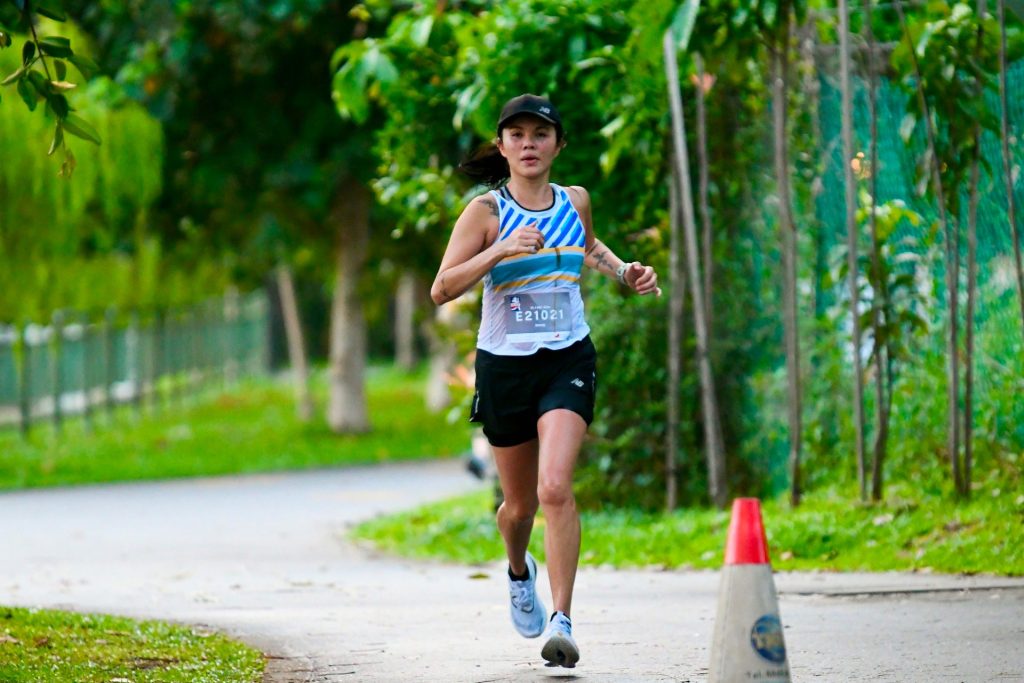
Common Running Foot Injuries
Running is one of the most accessible and effective forms of cardiovascular exercise. Still, repetitive impact and mechanical stress can take a toll on your feet, especially when spiking training volume increases, form breaks down, or footwear doesn’t offer the right support. Foot injuries are some of the most common complaints among runners, ranging from mild discomfort to conditions that sideline you for weeks. Understanding these injuries is the first step toward preventing and effectively treating them.
Here are the five most common running-related foot injuries and how they’re best managed with a targeted physiotherapy approach.
Common Running Injury 6
Plantar Fasciitis
Plantar fasciitis is one of the most common running foot pain causes of heel pain in runners. It occurs when the plantar fascia, a thick band of connective tissue running along the bottom of the foot, becomes irritated or overloaded, often at its attachment point on the heel bone. The result is a sharp, stabbing pain that’s typically most intense with the first steps in the morning or after long periods of rest. Runners with tight calf muscles, high arches, flat feet, or who suddenly increase training load are especially at risk. Running on hard surfaces without adequate arch support also contributes to this condition. Treatment begins with unloading the fascia and correcting biomechanical contributors. INDIBA® Activ and Shockwave Therapy can effectively reduce pain and promote tissue regeneration. A structured program that includes plantar fascia-specific stretches, calf strengthening, and manual therapy is essential. Addressing gait mechanics and footwear choice also plays a crucial role in preventing recurrence.
Common Running Injury 7
Metatarsalgia
Metatarsalgia refers to pain and inflammation in the ball of the foot, typically under the second, third, or fourth metatarsal heads. It often develops gradually in runners who increase their mileage or intensity too quickly, or in those who run in shoes with minimal forefoot cushioning. The repetitive forefoot loading during toe-off can irritate the small joints and surrounding soft tissues.
Symptoms include a burning sensation or feeling of a “stone bruise” under the forefoot that worsens with running, especially on hard surfaces. Improper foot alignment or tight calves may exacerbate the condition by increasing pressure on the metatarsals. Physiotherapy management involves redistributing the load through foot mechanics training and strengthening the intrinsic foot muscles. INDIBA® and myofascial release may be used to relieve soft tissue tightness, while forefoot padding or orthotics can help offload stress during the healing process. Strengthening the lower leg and hip muscles to improve shock absorption is also part of a long-term solution.
Common Running Injury 8
Posterior Tibial Tendon Dysfunction
Posterior Tibial Tendon Dysfunction (PTTD) involves inflammation or degeneration of the posterior tibial tendon, which runs along the inside of the ankle and supports the arch of the foot. It’s particularly common in runners who overpronate, as the tendon is under greater strain with each foot strike. If left untreated, it can lead to a progressive flattening of the foot arch and chronic instability. Symptoms typically begin with pain and swelling along the inside of the ankle and arch, often worsening with prolonged activity or after running. Over time, you may notice a rolling of the ankle and loss of medial arch height. Treatment includes reducing mechanical stress on the tendon through footwear modification, taping, or the use of orthotics. Strengthening exercises for the posterior tibial tendon and surrounding musculature are central to recovery. Shockwave Therapy and INDIBA® Activ can accelerate tendon healing and reduce inflammation, while manual therapy addresses contributing joint stiffness or muscle tightness in the foot, ankle, and hip.
Common Running Injury 9
Stress Fractures in the Foot
Stress fractures are small cracks in the bones of the foot, commonly affecting the metatarsals, calcaneus (heel), or navicular. These overuse injuries often stem from a sudden increase in training load, poor footwear, low bone density, or nutritional deficiencies. Early symptoms include localized pain that worsens with activity and eases with rest. As the injury progresses, pain can persist even during daily activities, often accompanied by swelling or tenderness over the affected bone. Imaging such as MRI or bone scans may be needed for diagnosis, as early stress fractures aren’t always visible on X-rays. Treatment focuses on offloading the foot through rest, the use of crutches, or a walking boot. Once symptoms ease, physiotherapy supports recovery through strength rebuilding, mobility work, and biomechanical correction. INDIBA Activ can accelerate bone repair at the cellular level, while Shockwave Therapy enhances circulation in cases of slow healing. A progressive return-to-run plan reduces the risk of reinjury and restores running capacity safely.
Common Running Injury 10
Morton’s Neuroma
Morton’s neuroma is a painful condition characterized by a thickening of the tissue around a nerve between the toes, typically the third and fourth toes. It’s most commonly triggered by repetitive forefoot compression, such as when running in tight or narrow shoes. Over time, this pressure irritates the nerve, leading to numbness, burning, or a sensation of having a small pebble under the ball of the foot. Runners may notice pain when pushing off or after longer runs, particularly on hard terrain. The symptoms can become increasingly debilitating if not addressed early. Treatment focuses on relieving nerve compression and addressing biomechanical contributors such as forefoot overload or tight calf muscles. Footwear modification is crucial – shoes with a broader toe box and adequate cushioning can make a significant difference. Manual therapy, neuromuscular re-education and Shockwave Therapy may be used to desensitize the nerve and promote healing. Physiotherapy-guided rehabilitation ensures long-term symptom relief and prevention of recurrence.
These common foot injuries can derail even the most dedicated runner, but they don’t have to be the end of your training. With early diagnosis, proper load management, and evidence-based physiotherapy, including advanced treatments such as INDIBA Activ and Shockwave Therapy, you can recover stronger and smarter. If you’re dealing with persistent foot pain after running, reach out to HelloPhysio running clinic in Singapore for a comprehensive assessment and personalized treatment plan tailored to your needs.
One of the simplest ways to prevent injuries caused by running is through proper training. “It doesn’t matter if today is your first day or if you’ve been running for two decades. There is no test to pass on how fast or far you need to run. There is no membership card to get started. Just run!” shares Jenny Huang, founding physiotherapist at HelloPhysio and podium-placing elite runner.
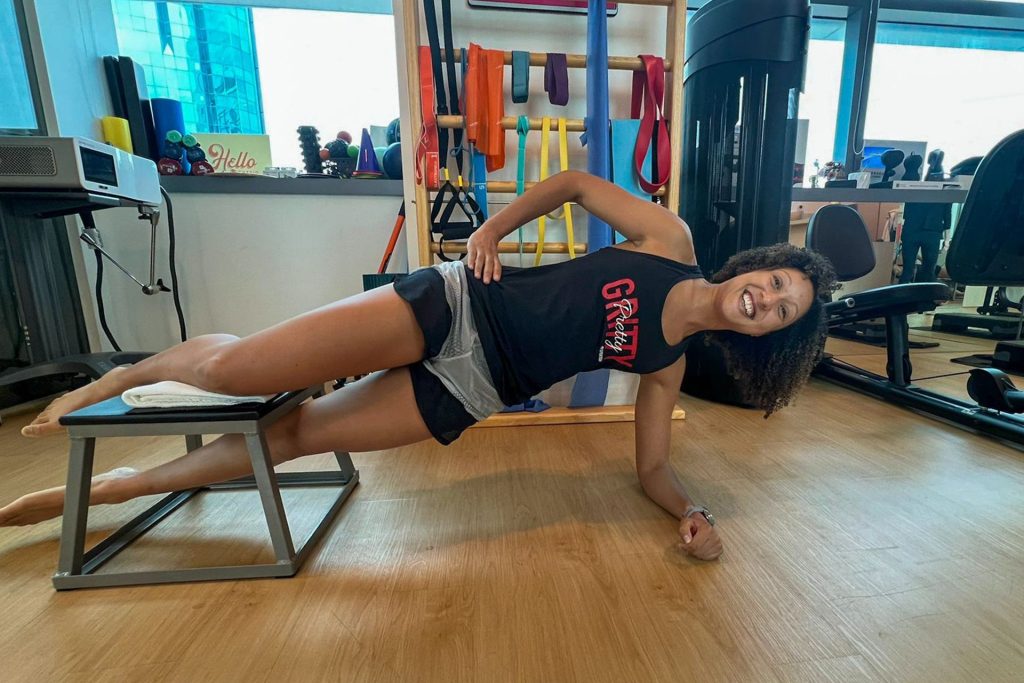
When to Get Physiotherapy for Runners
If you’ve been suffering from a running injury for more than two weeks, then it’s time to schedule a consultation with our running physiotherapists and trainers at HelloPhysio sports injury clinic in Singapore.
Jenny continues, “If you’re just starting out running again after an injury, you’ll want to progressively manage your running load to prevent further comorbid injuries down the line.”
Continuing to overtrain and push through the pain will likely result in more serious complications, even before you can get to the finish line to reap all the endorphin rewards for all of that hard training. Stay 100% injury-free and healthy in time for race day by scheduling a consultation with one of our leading sports physiotherapists and trainers today.


